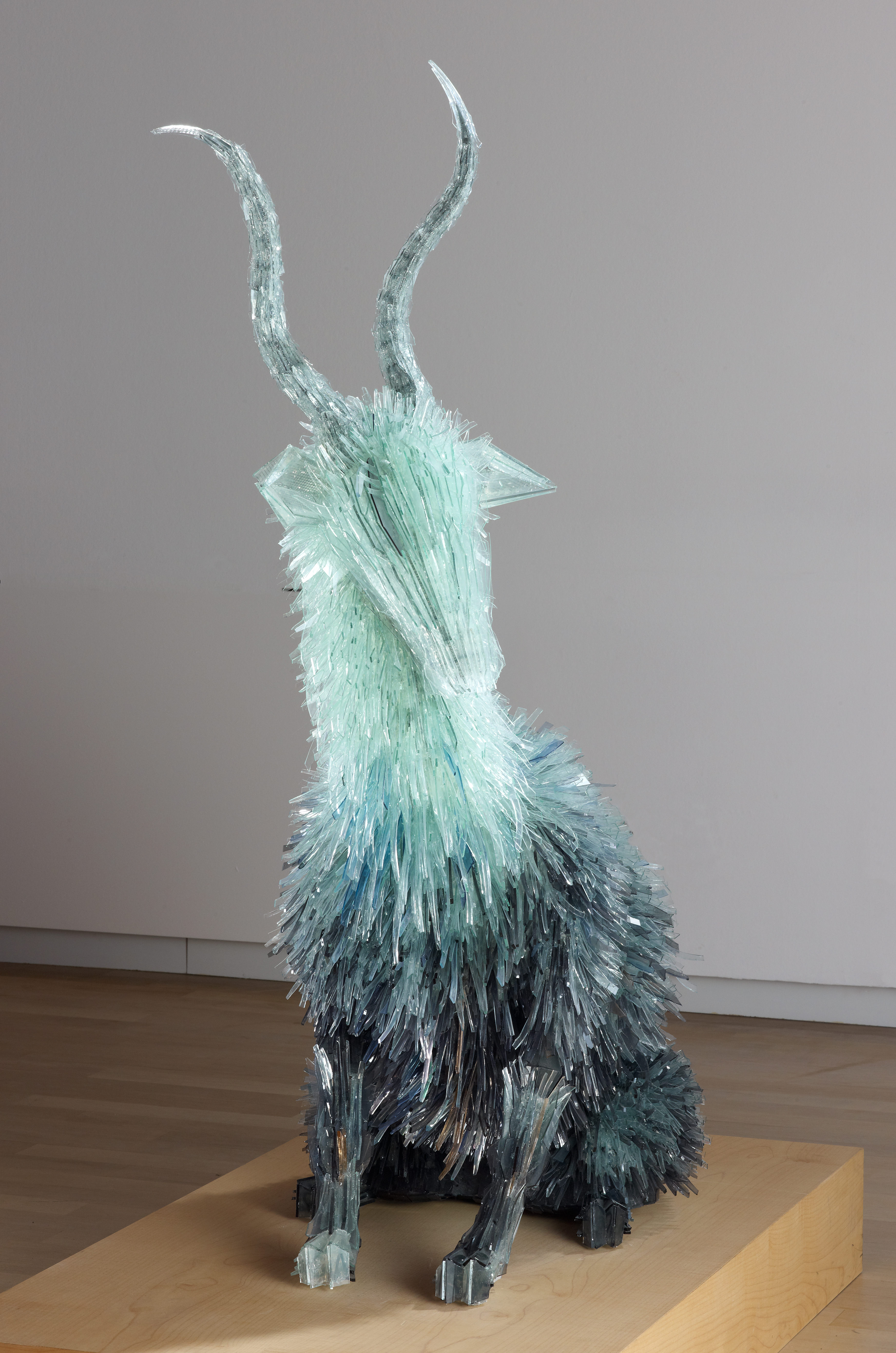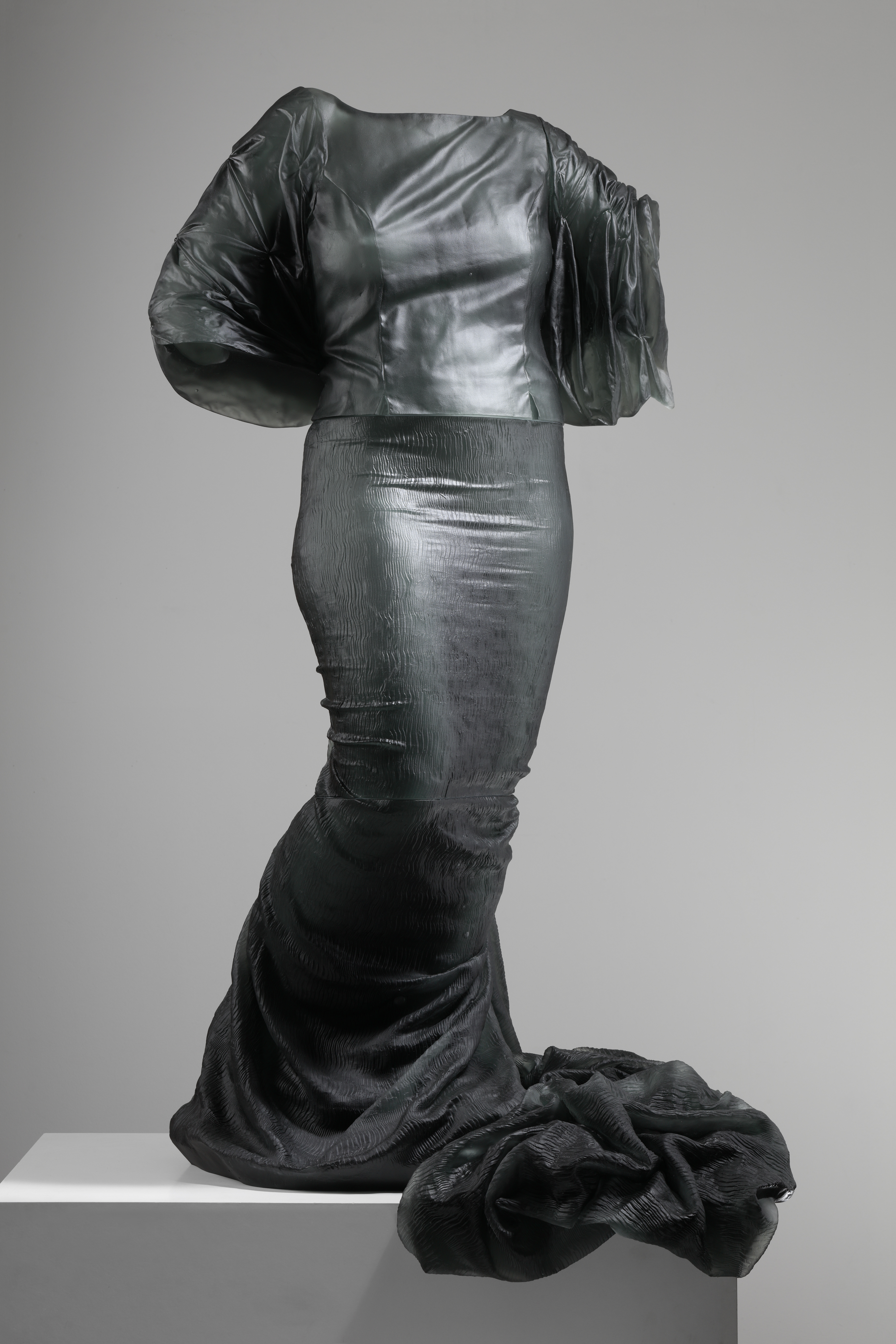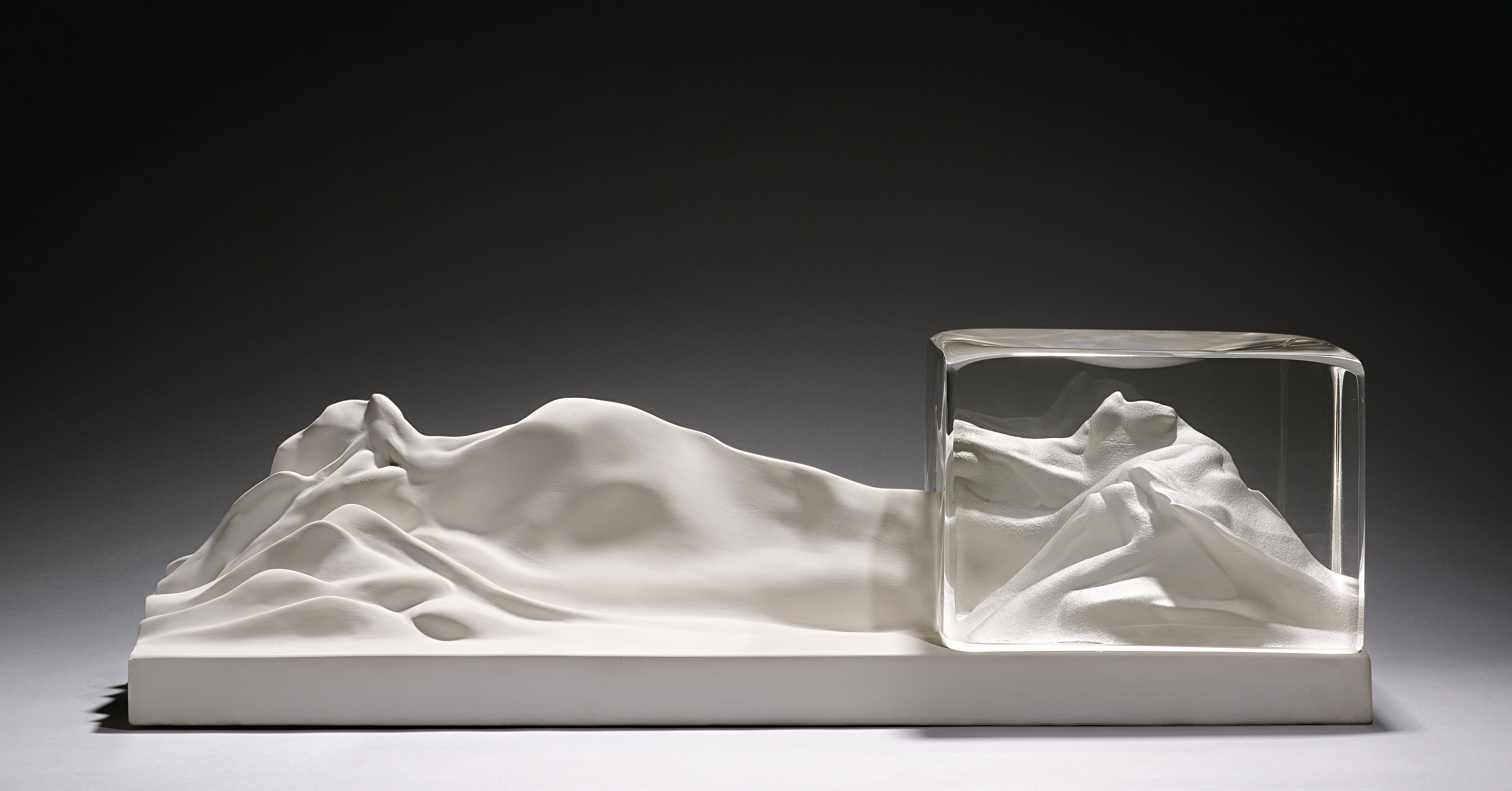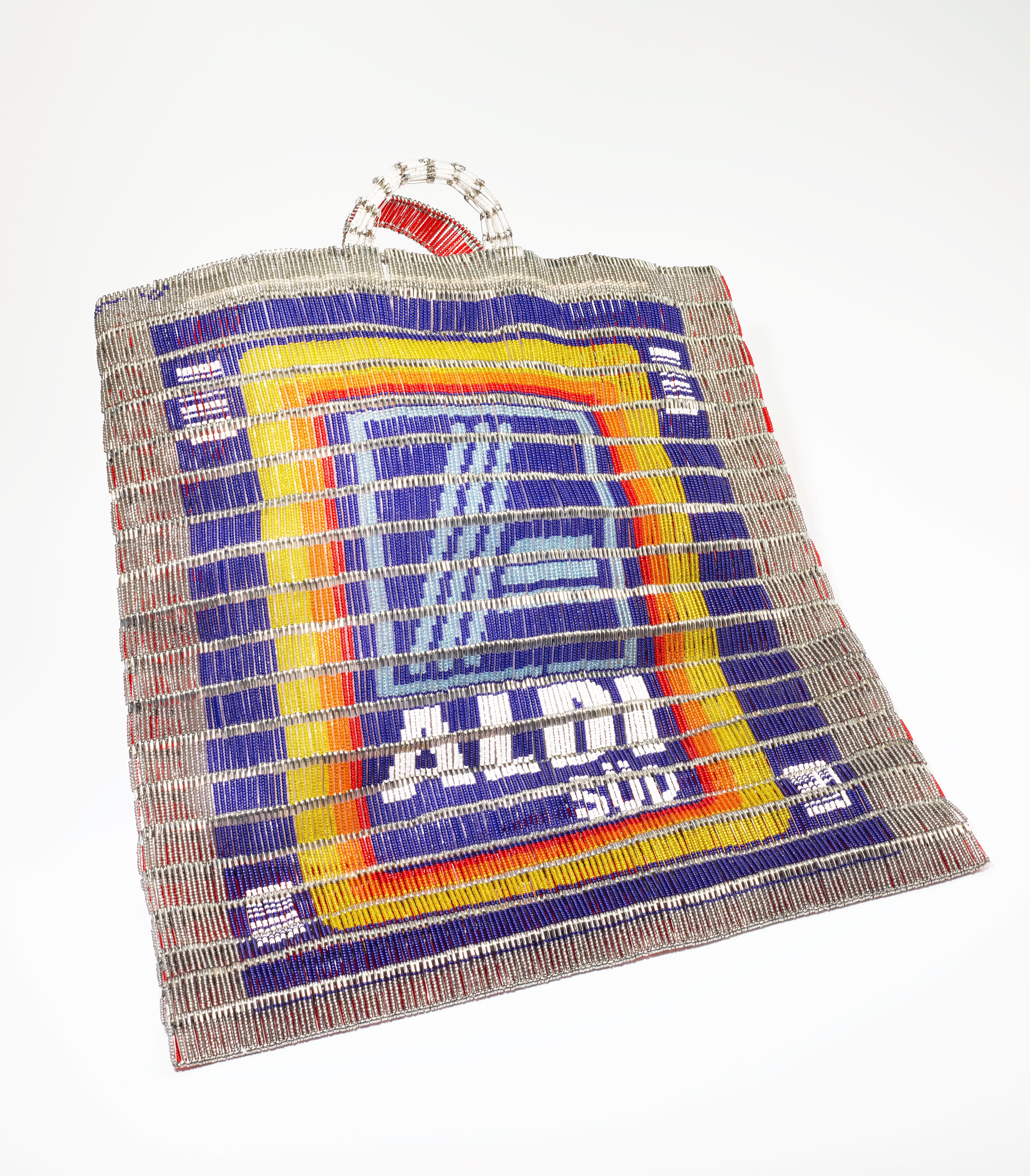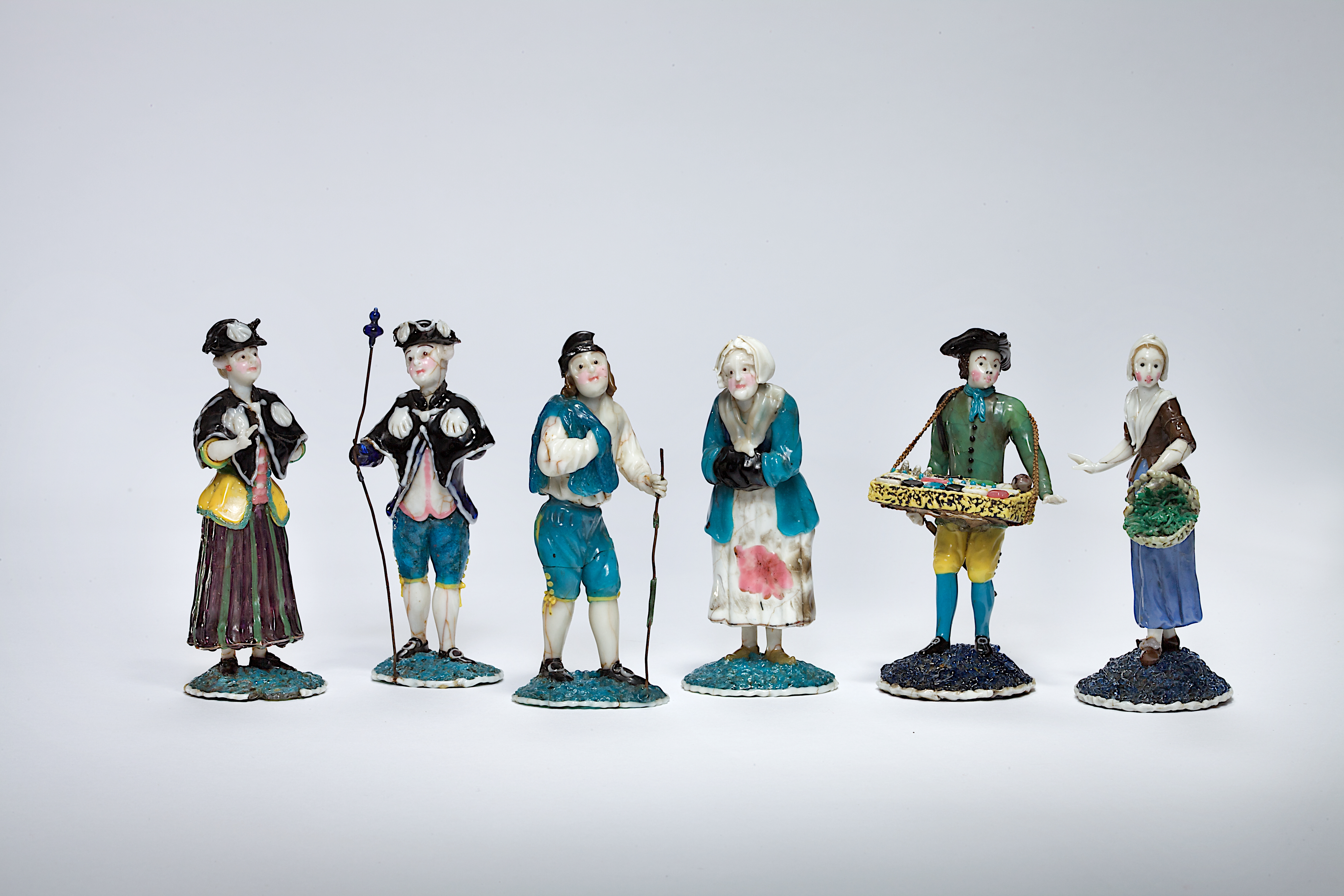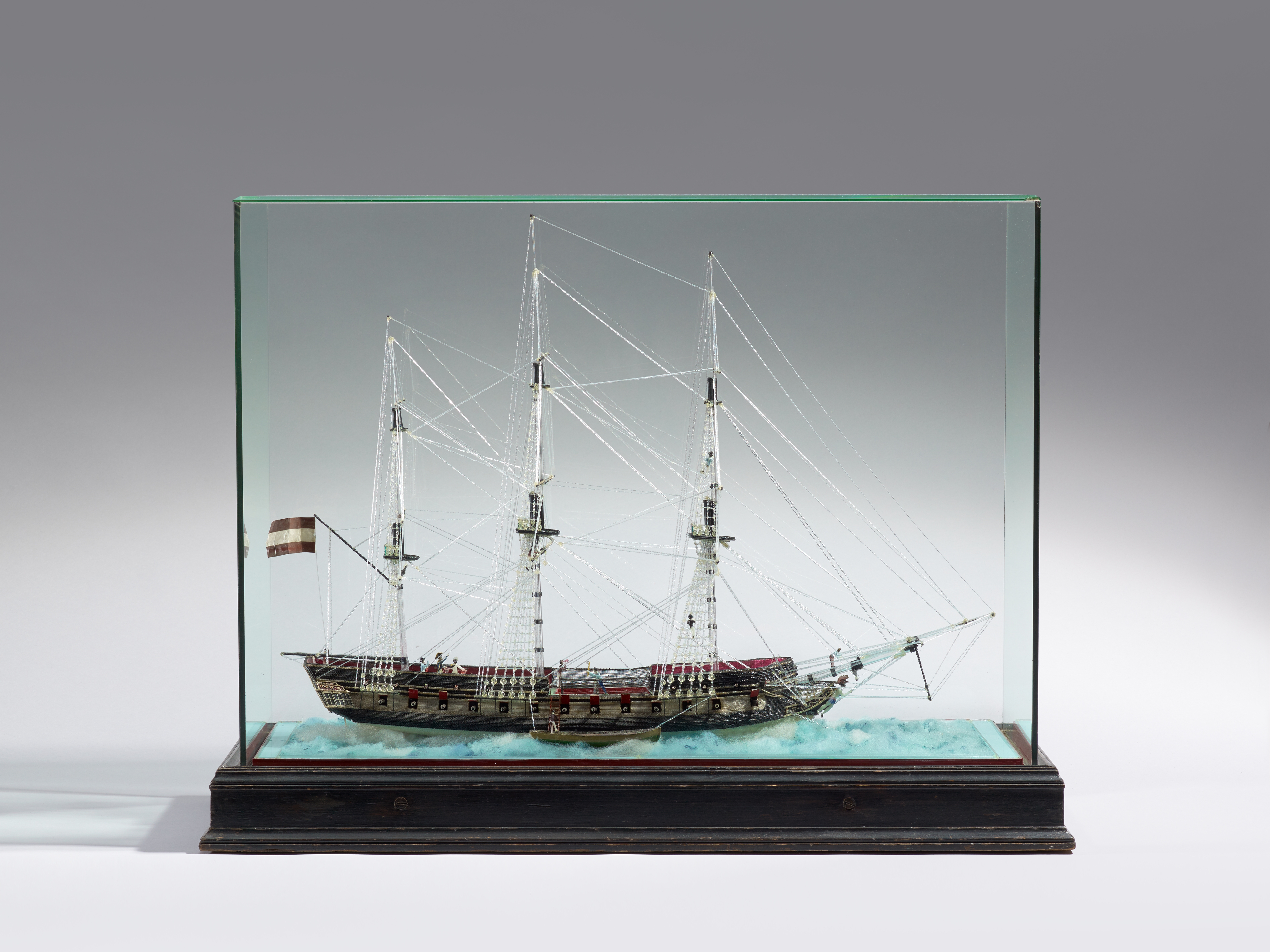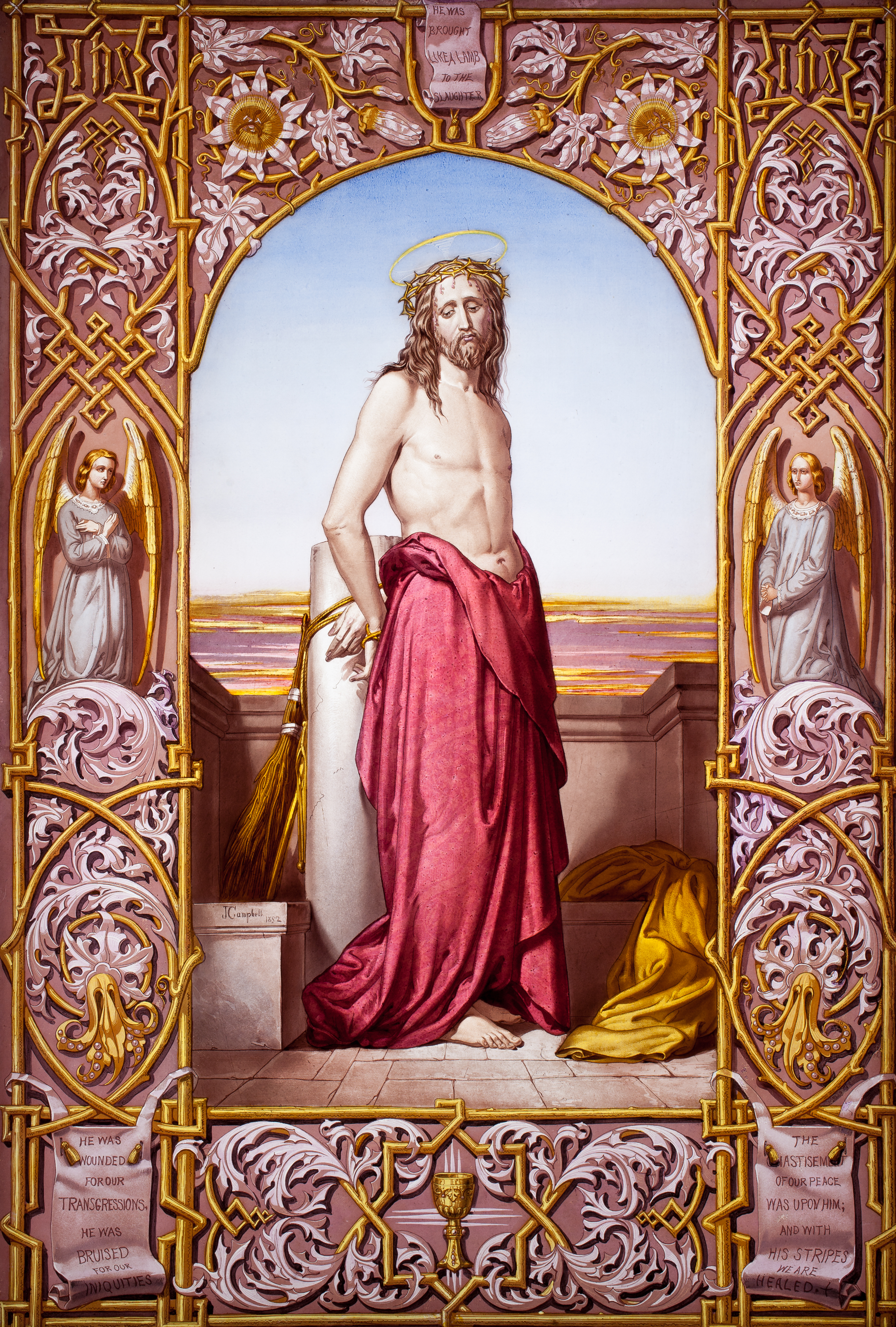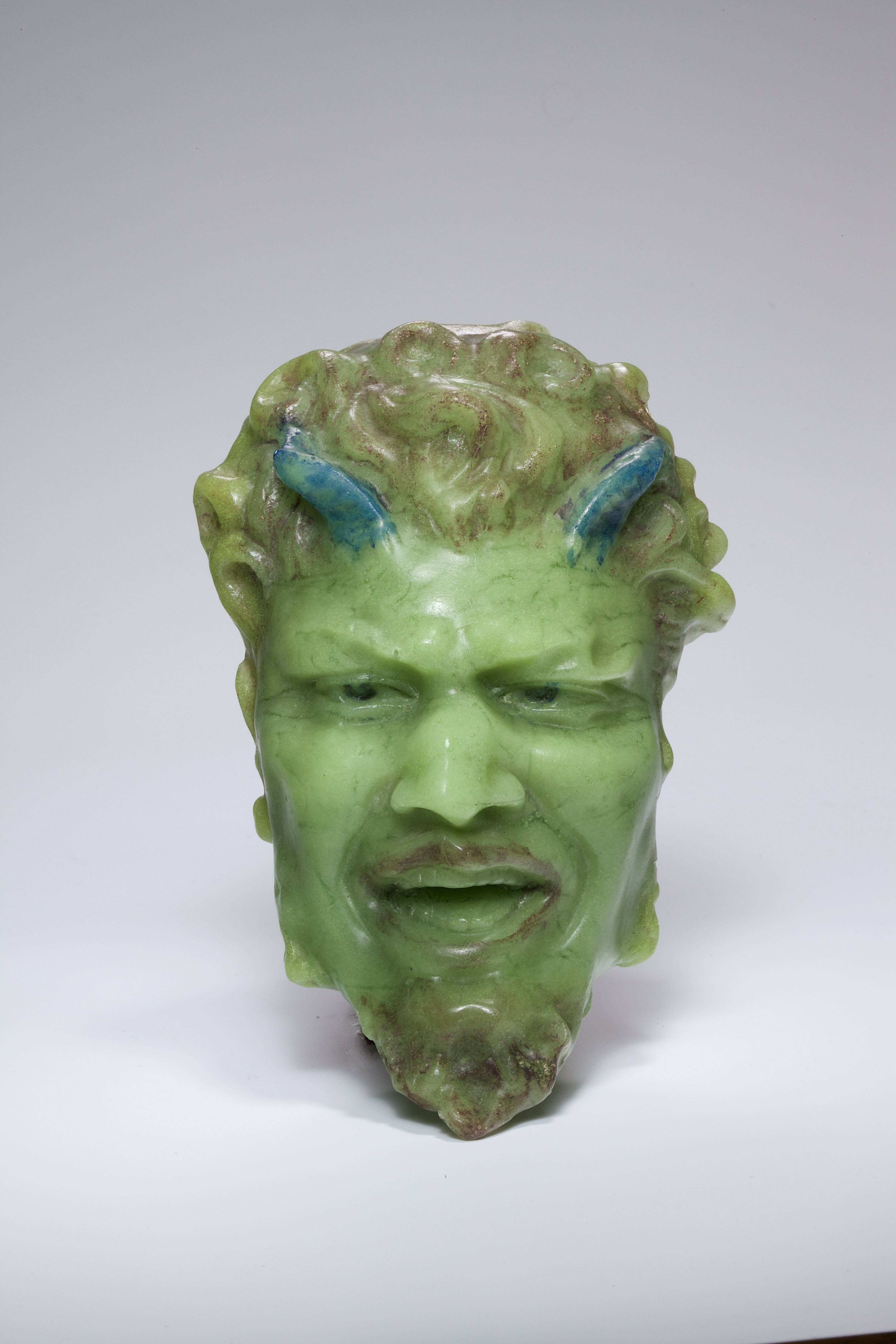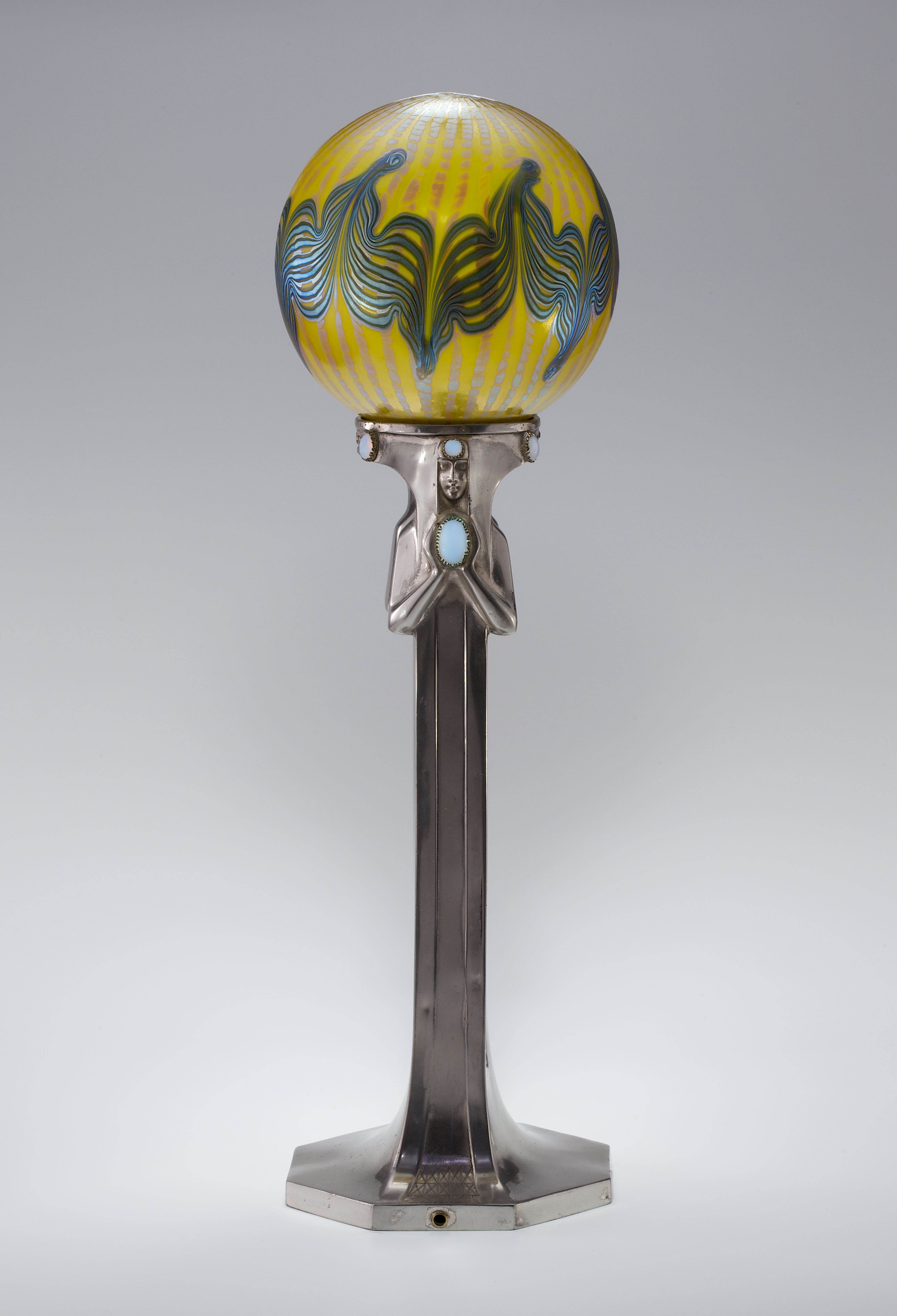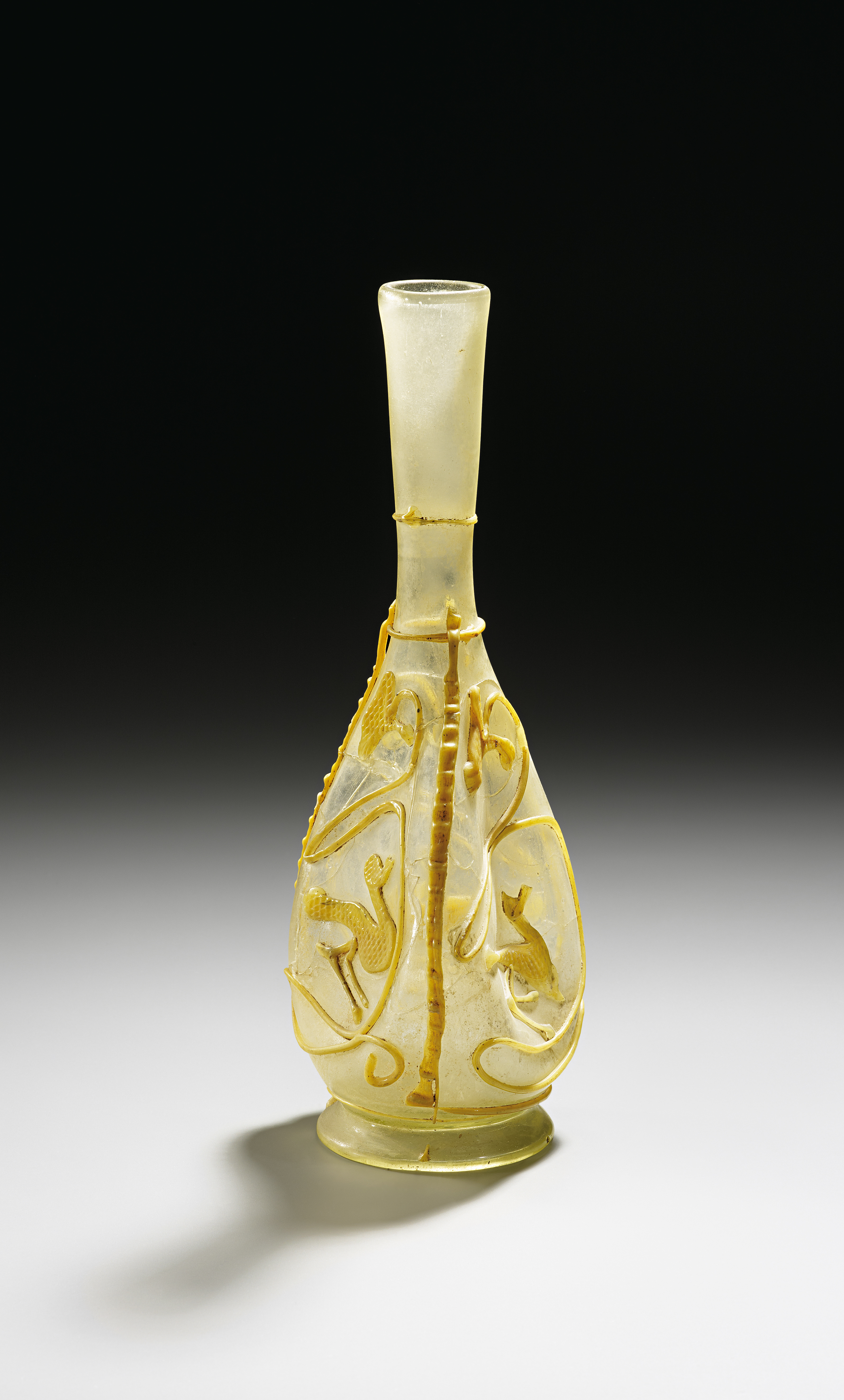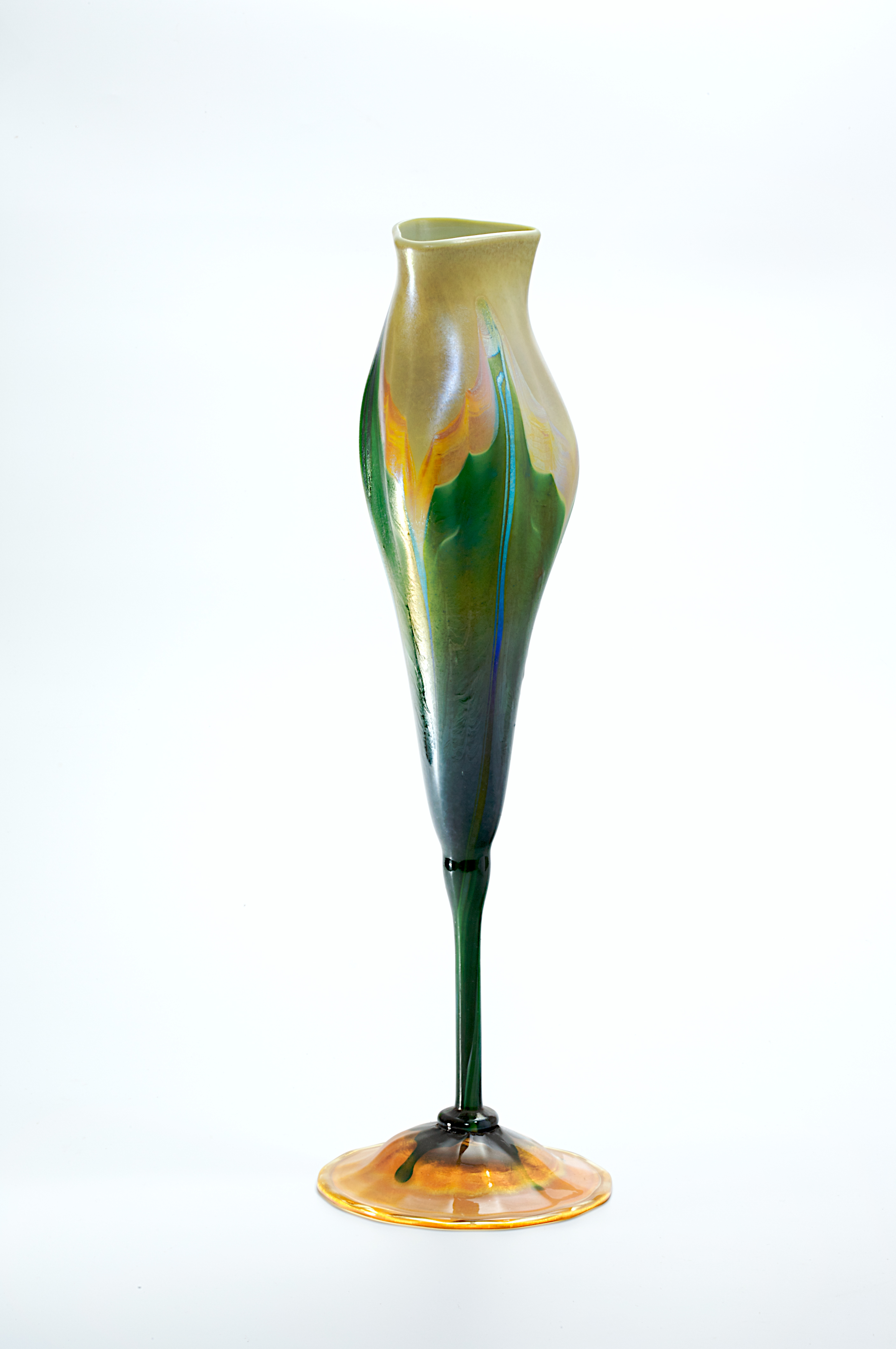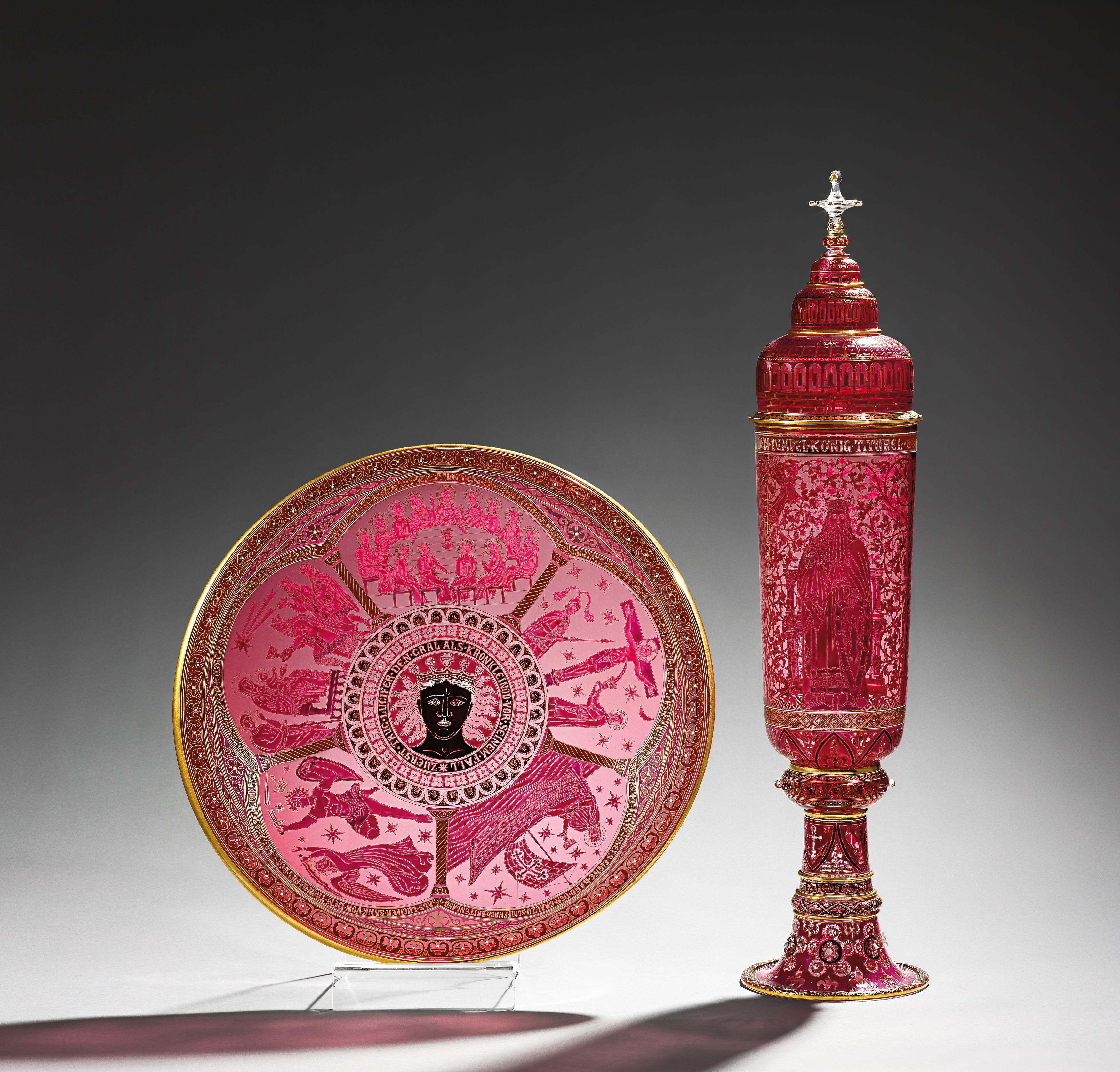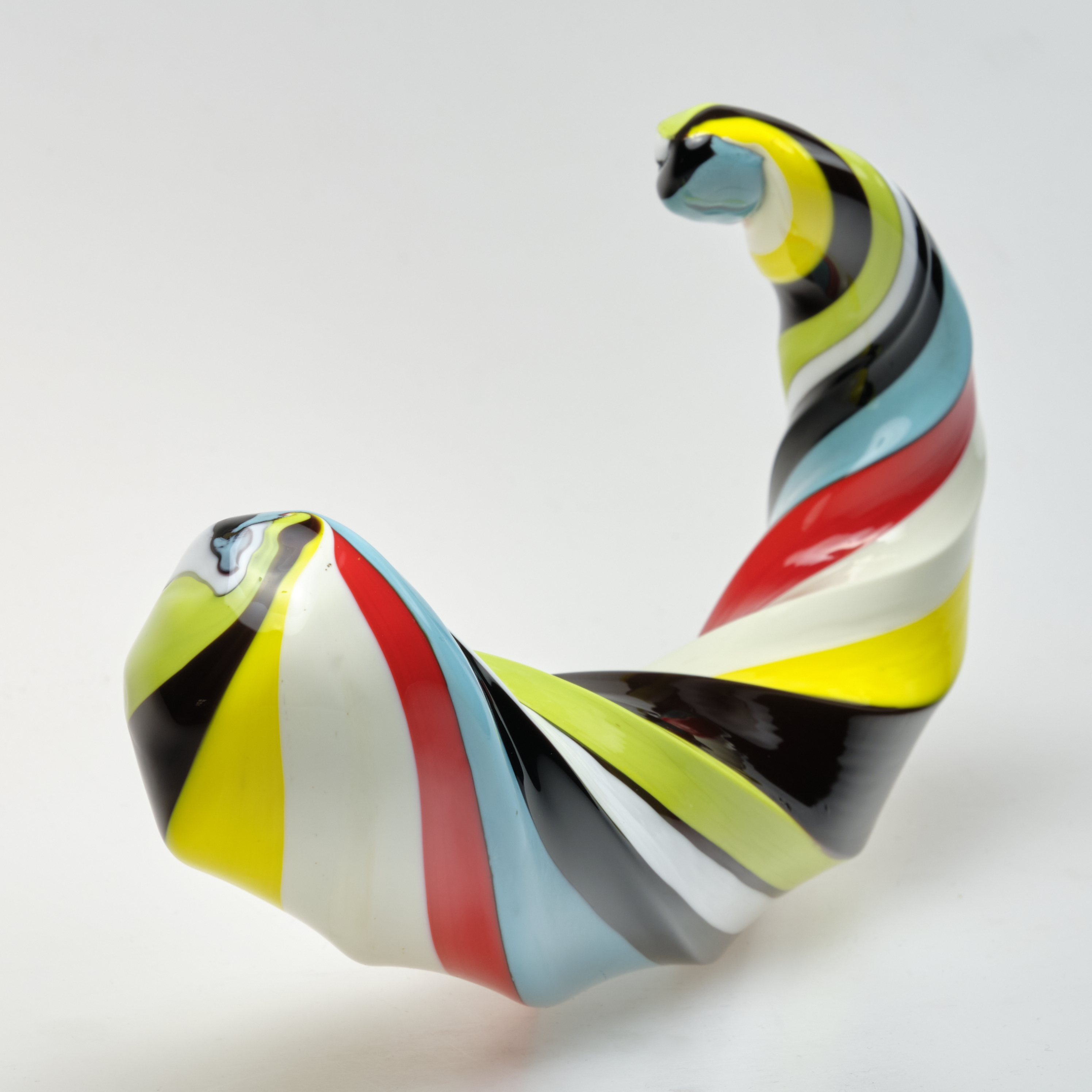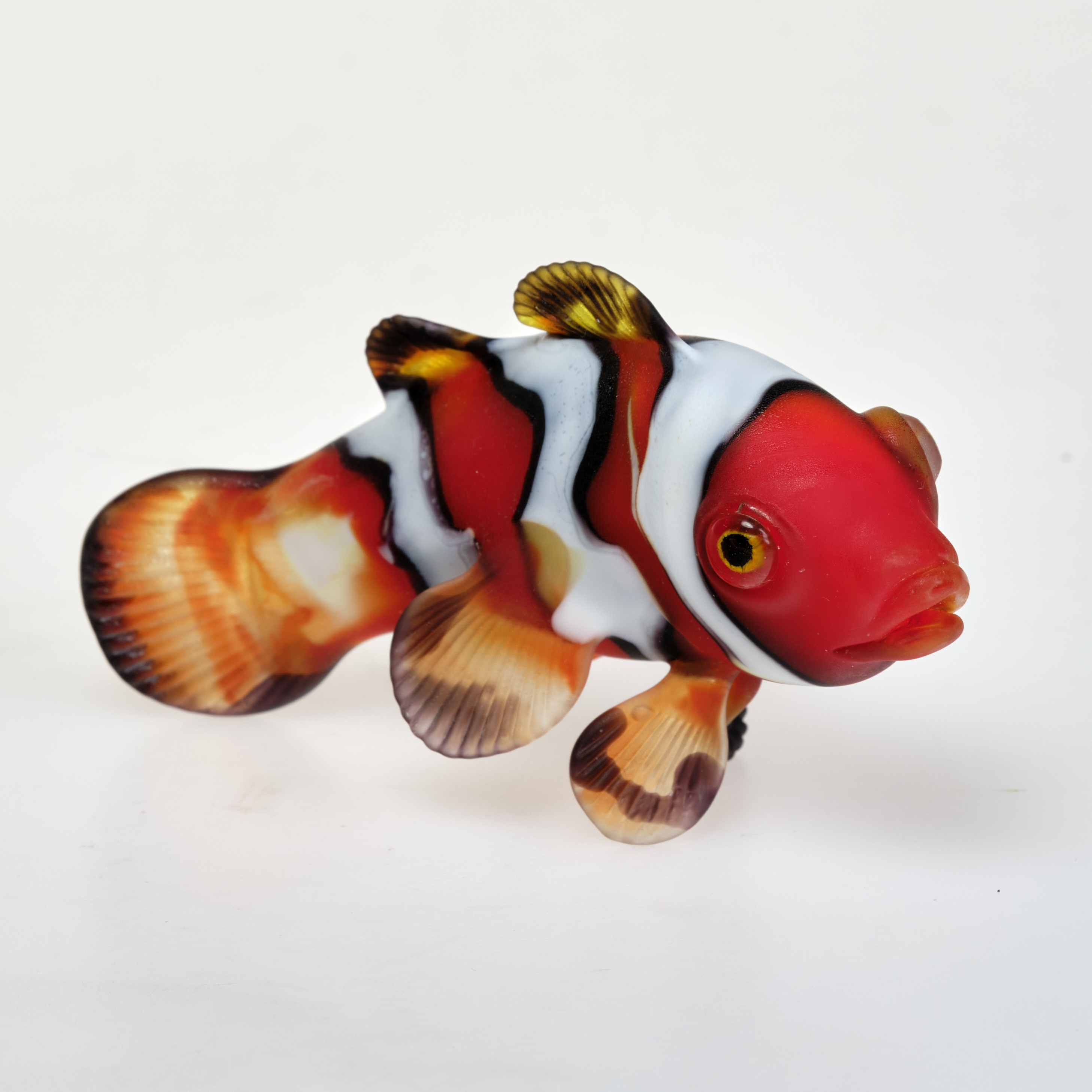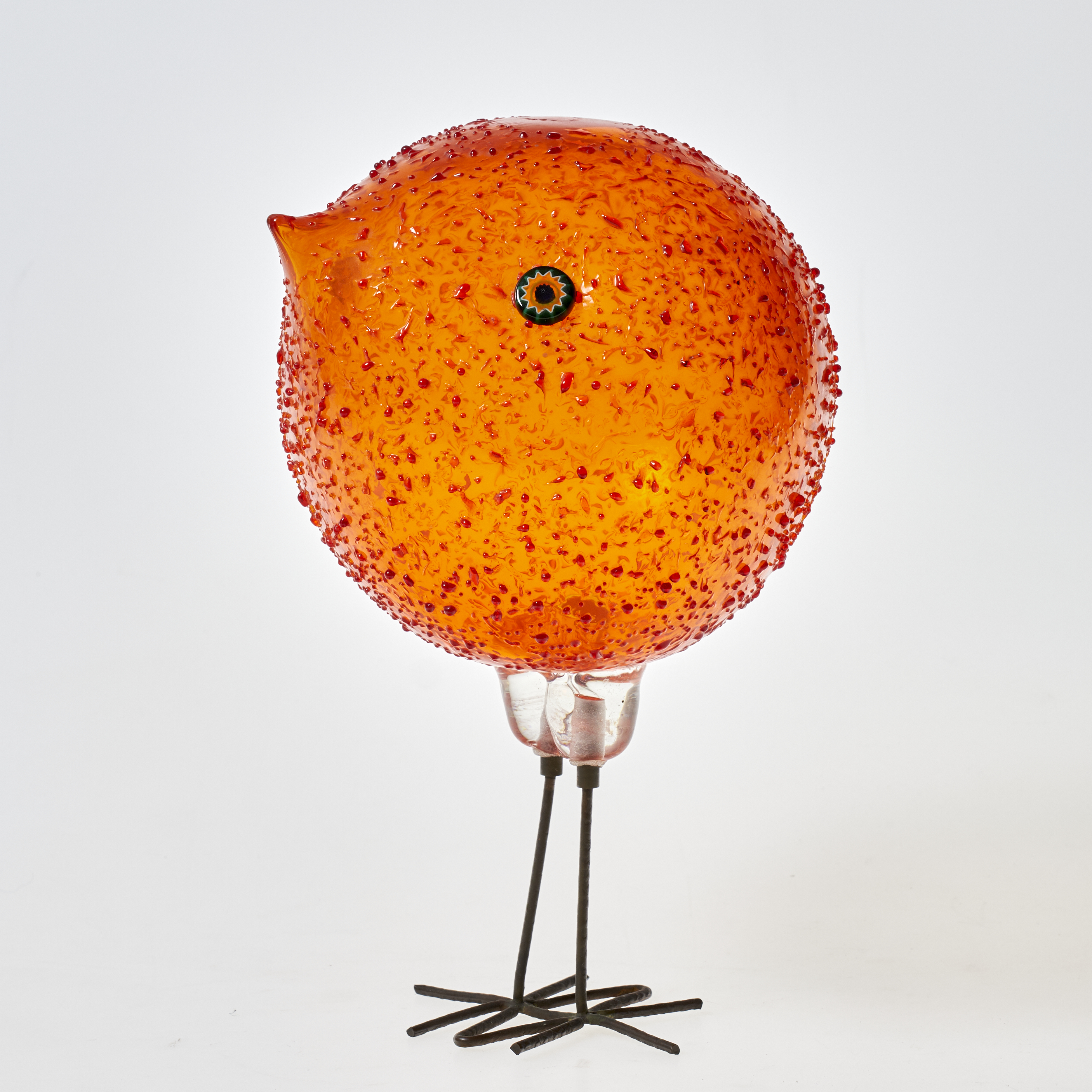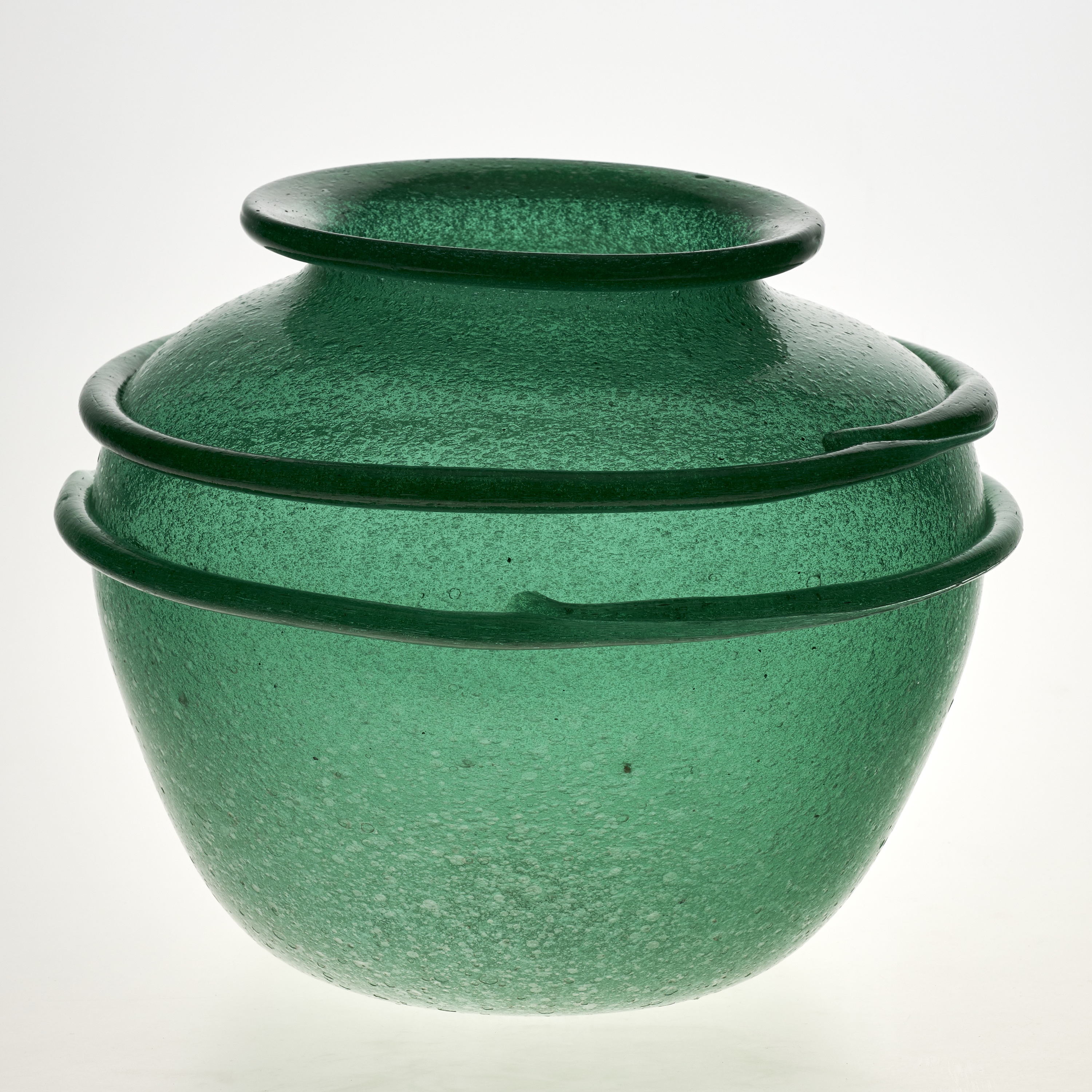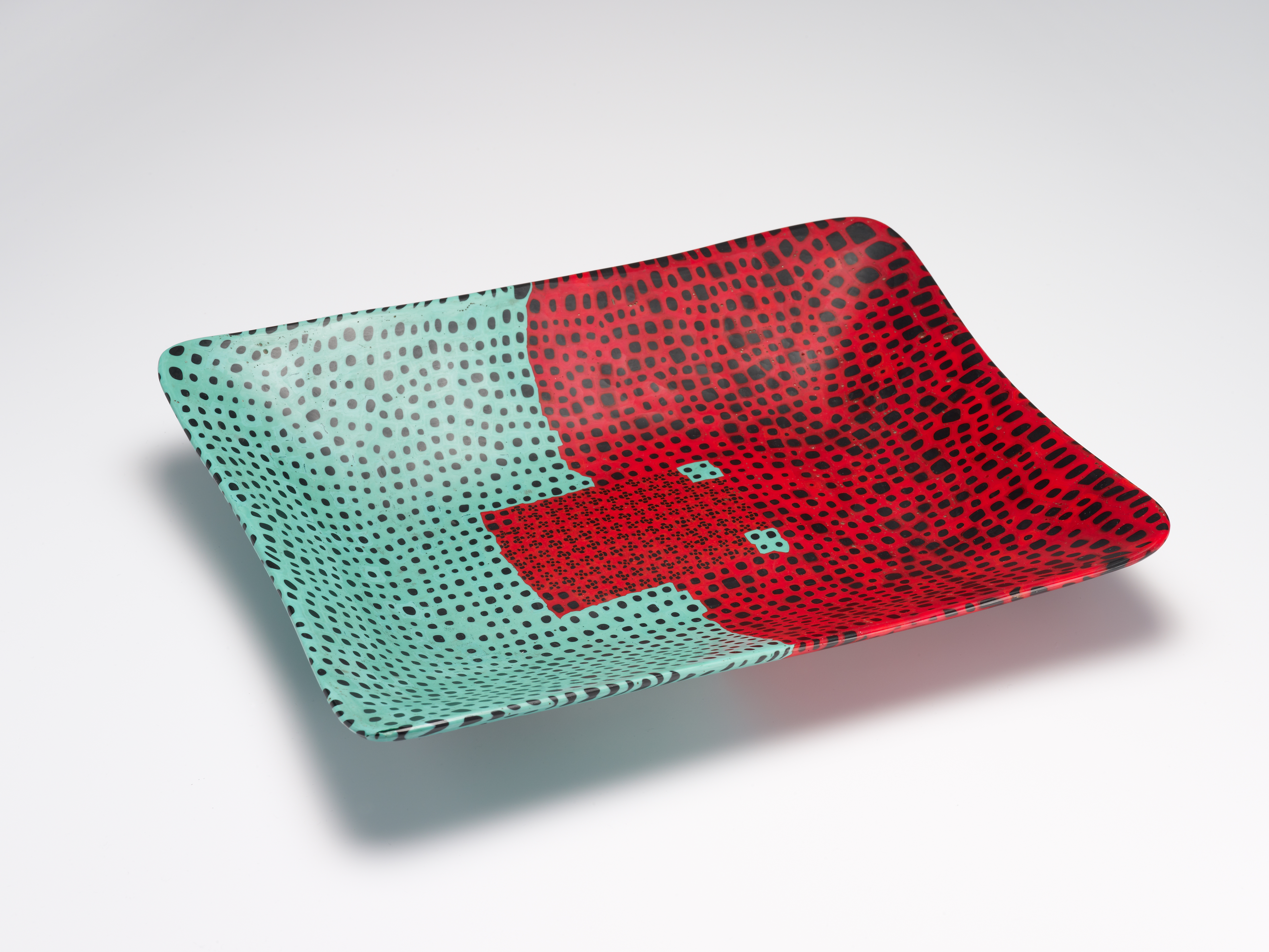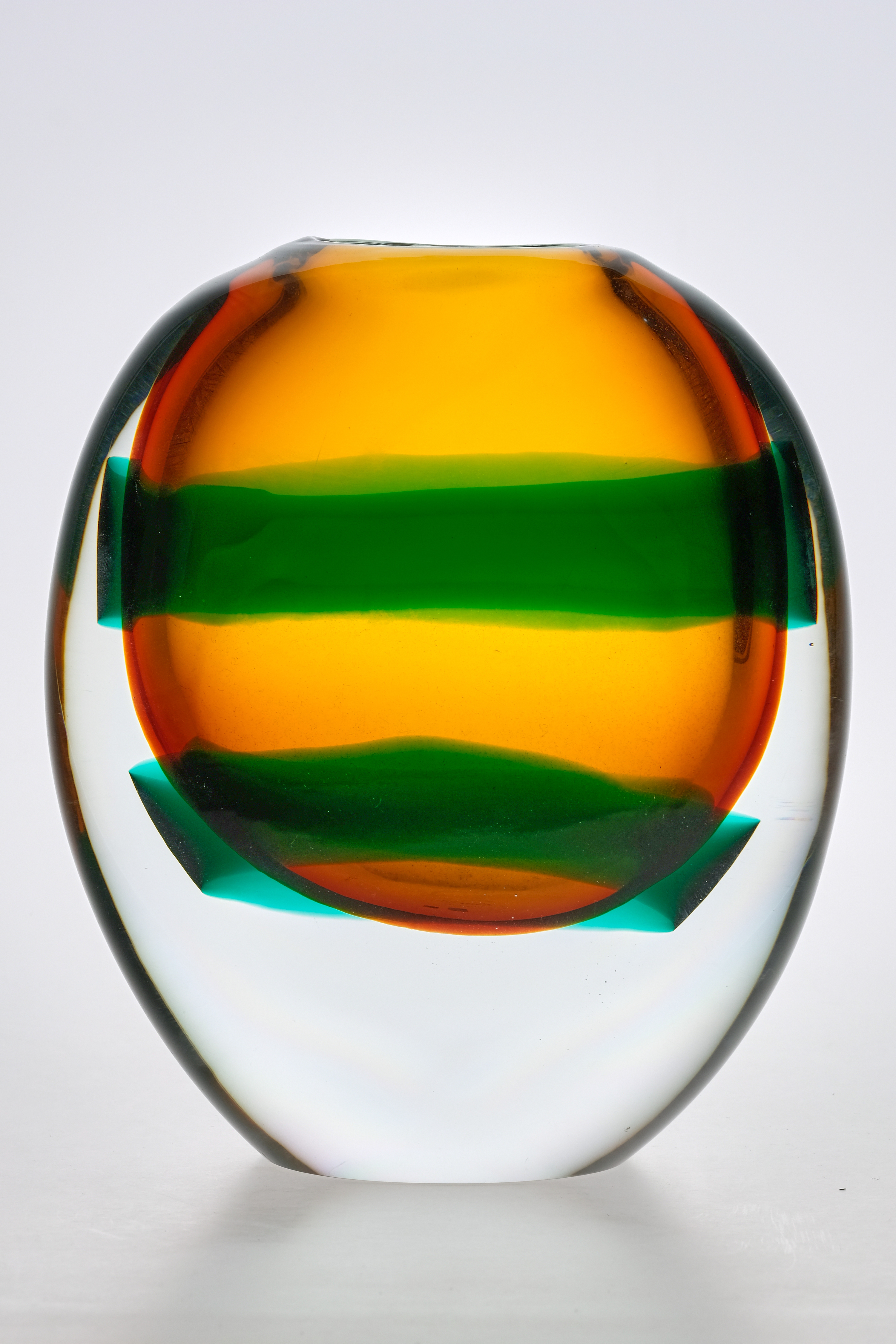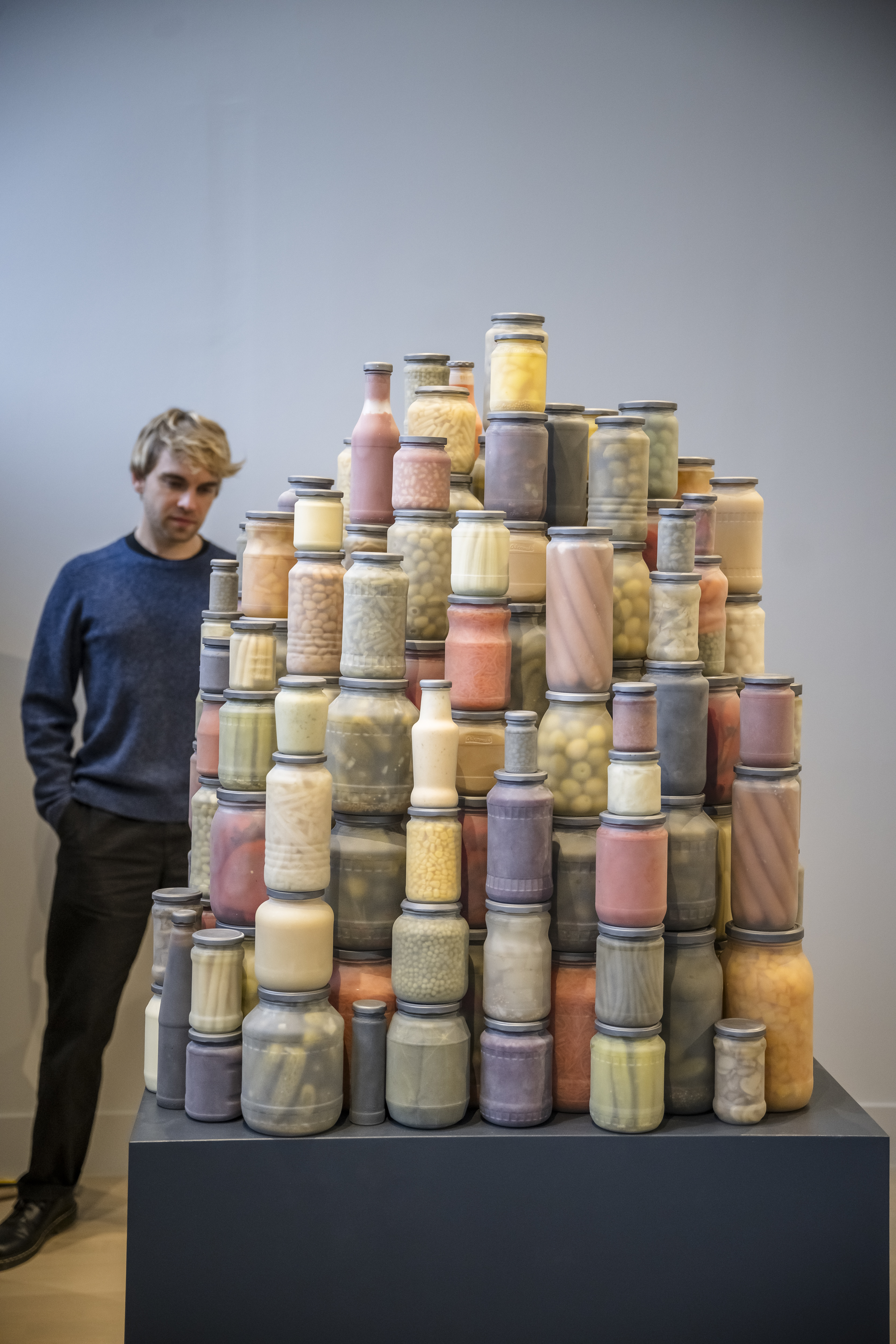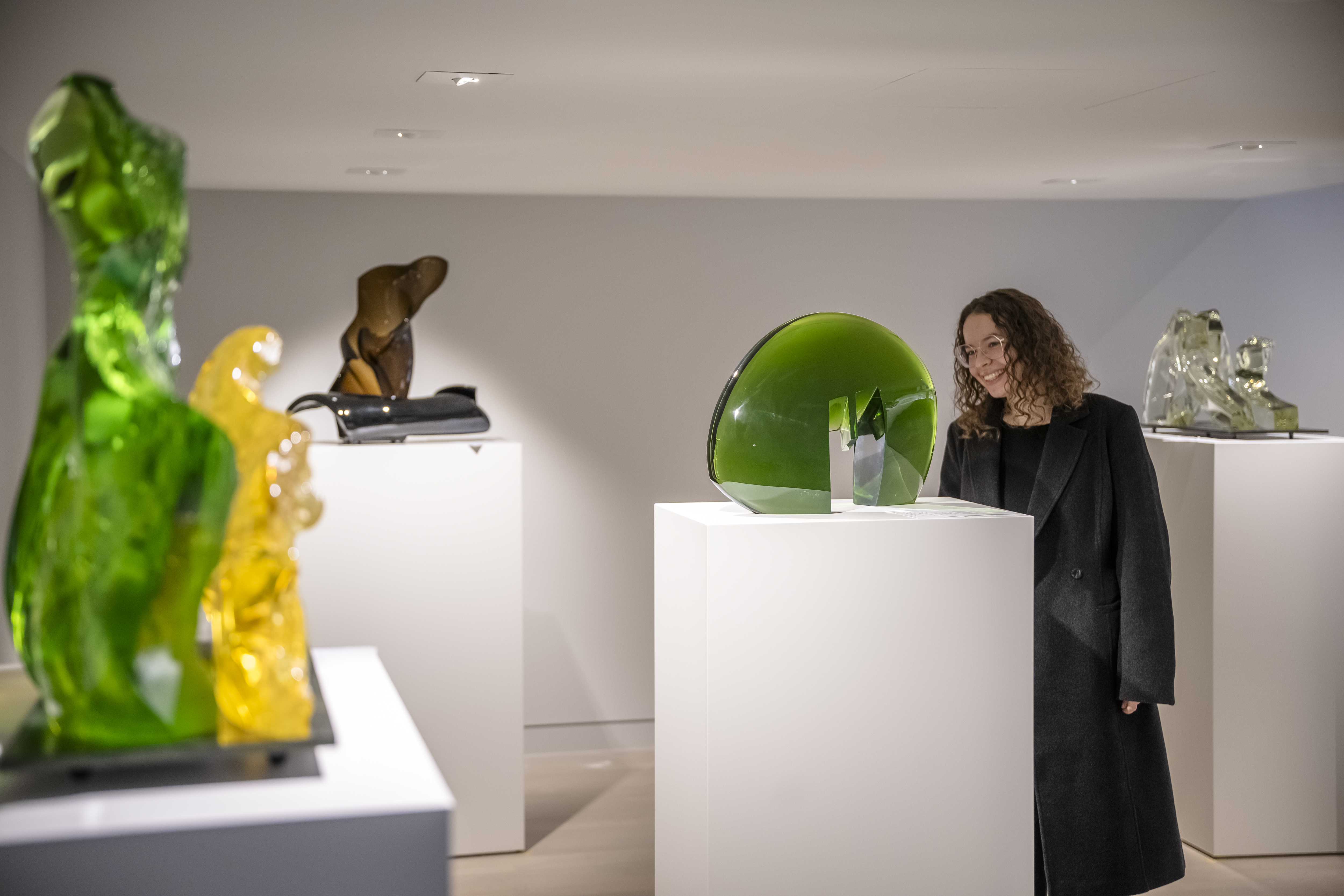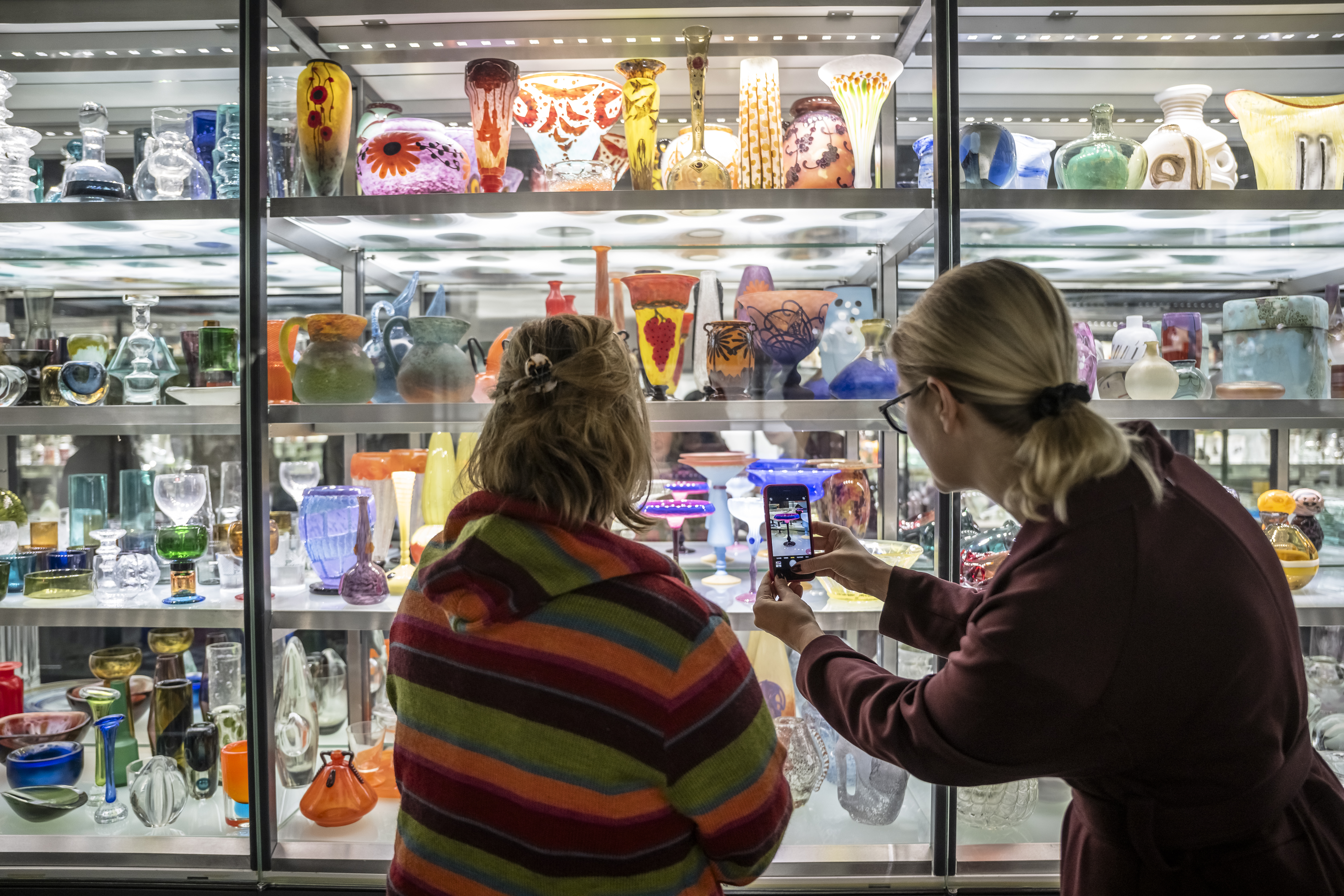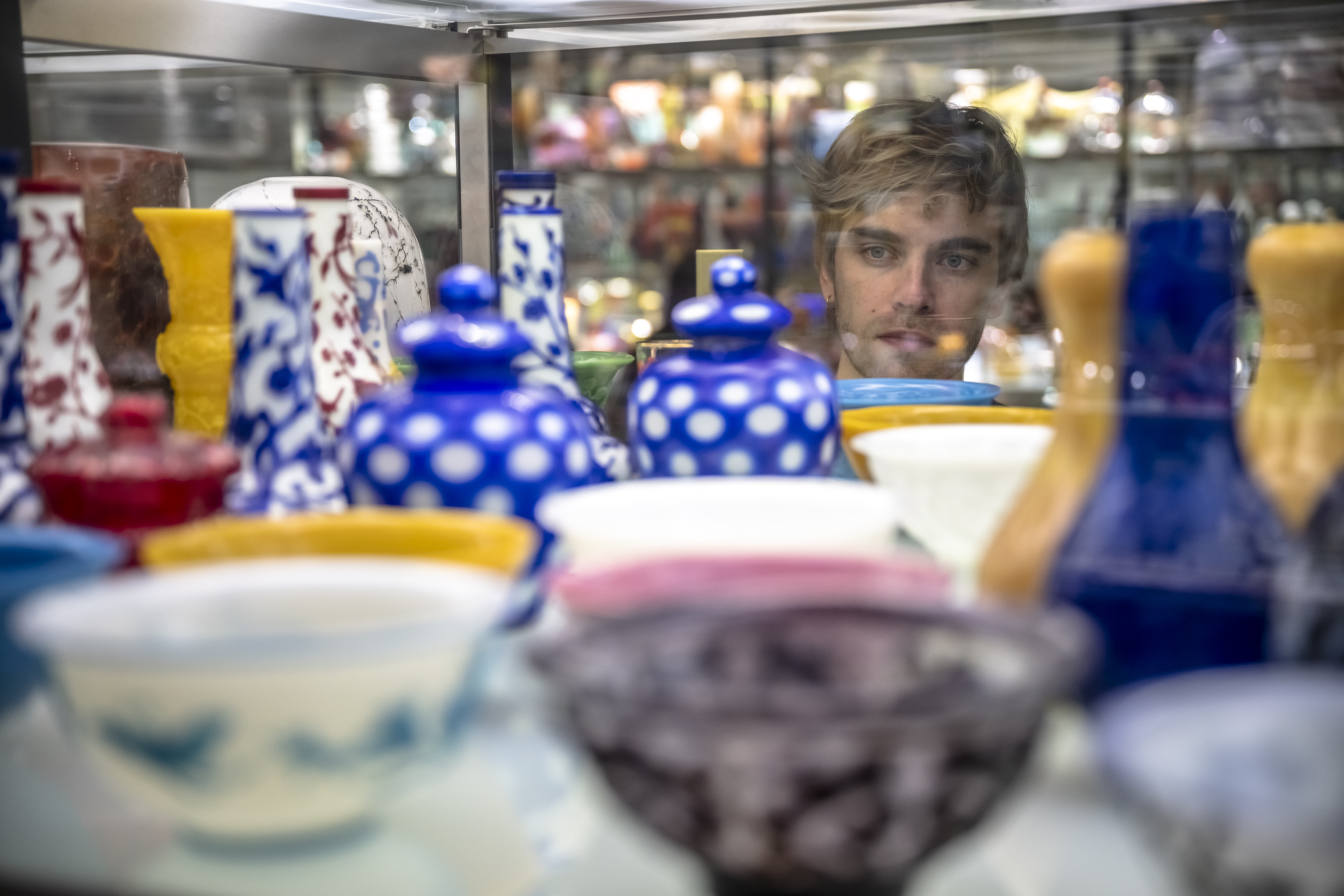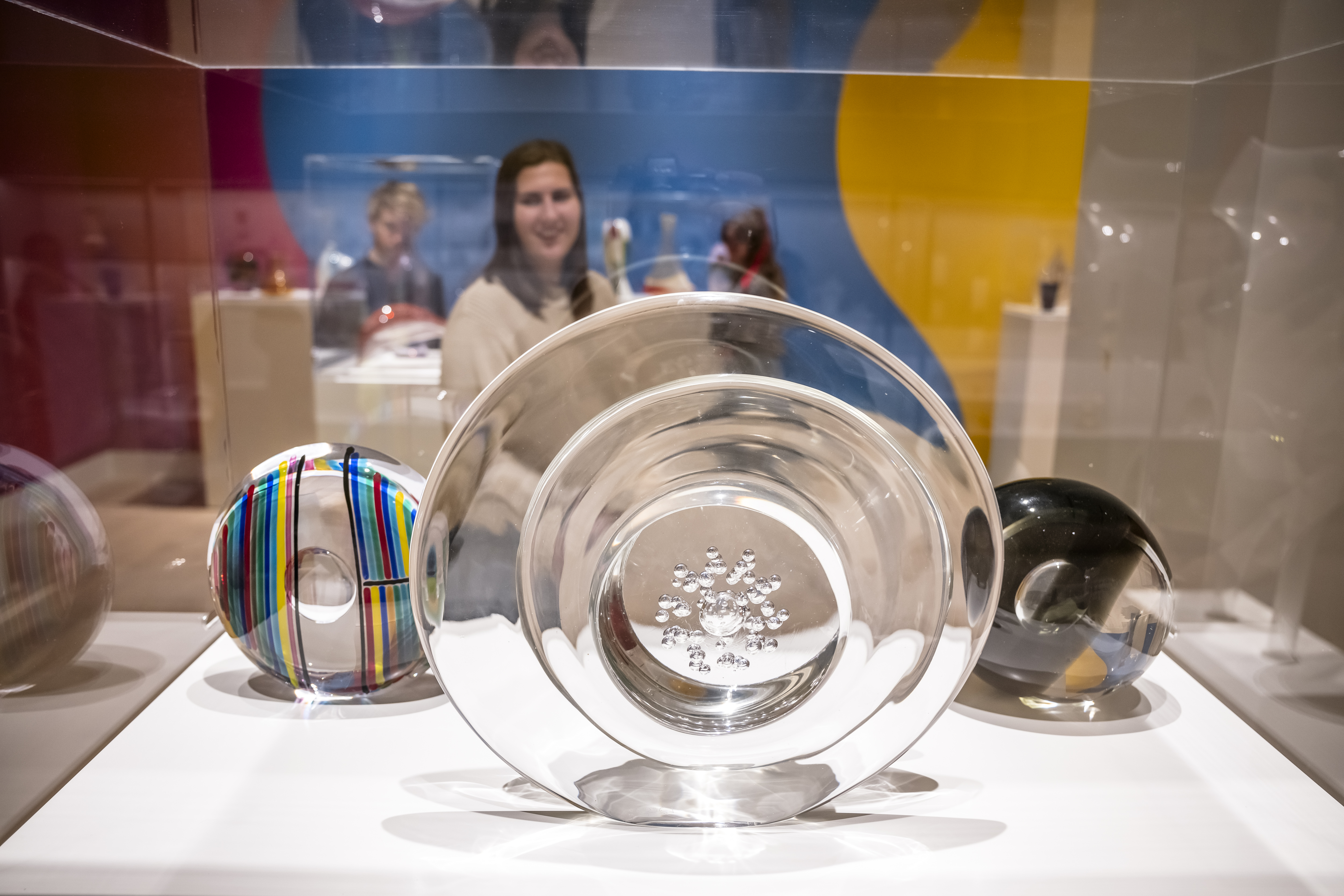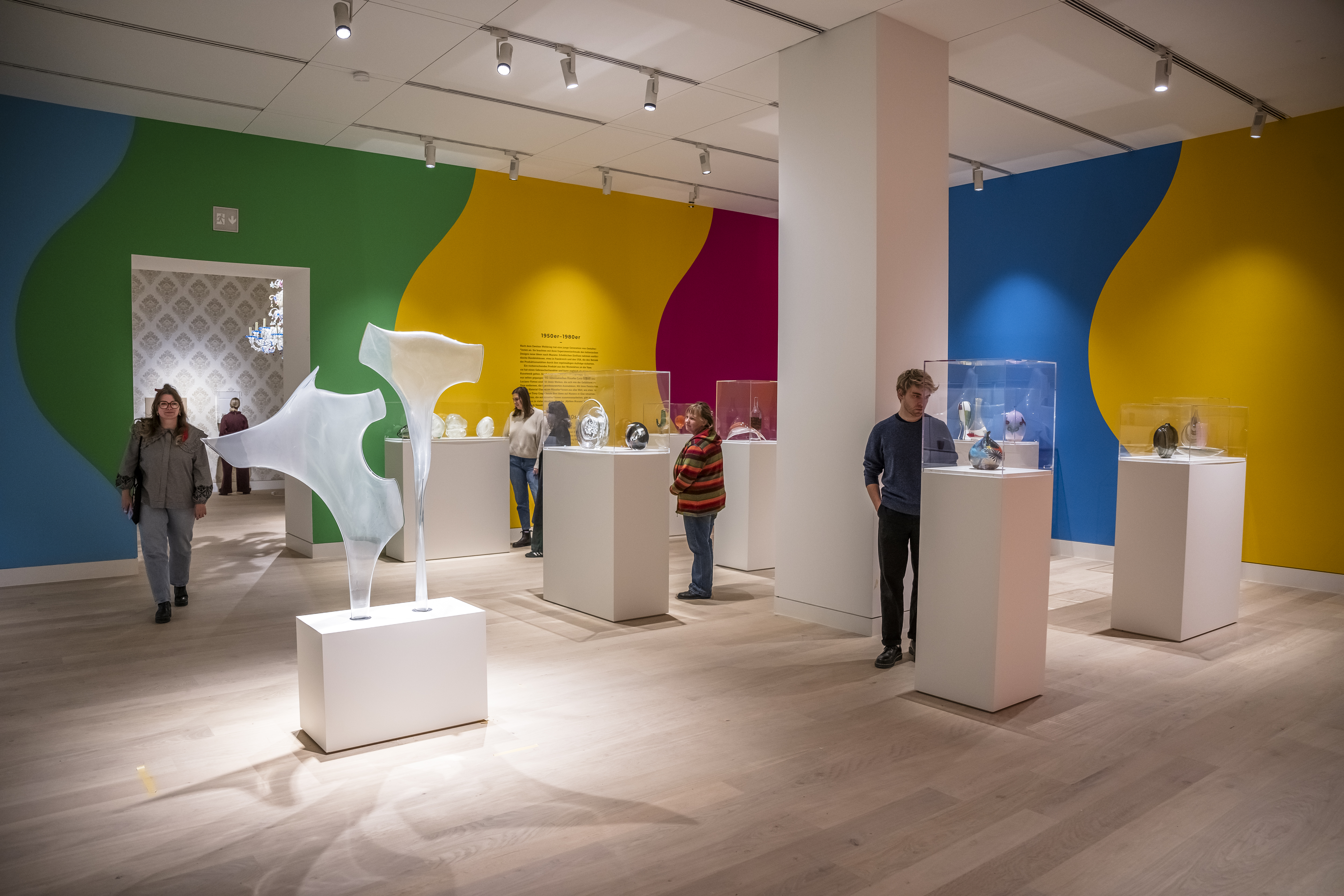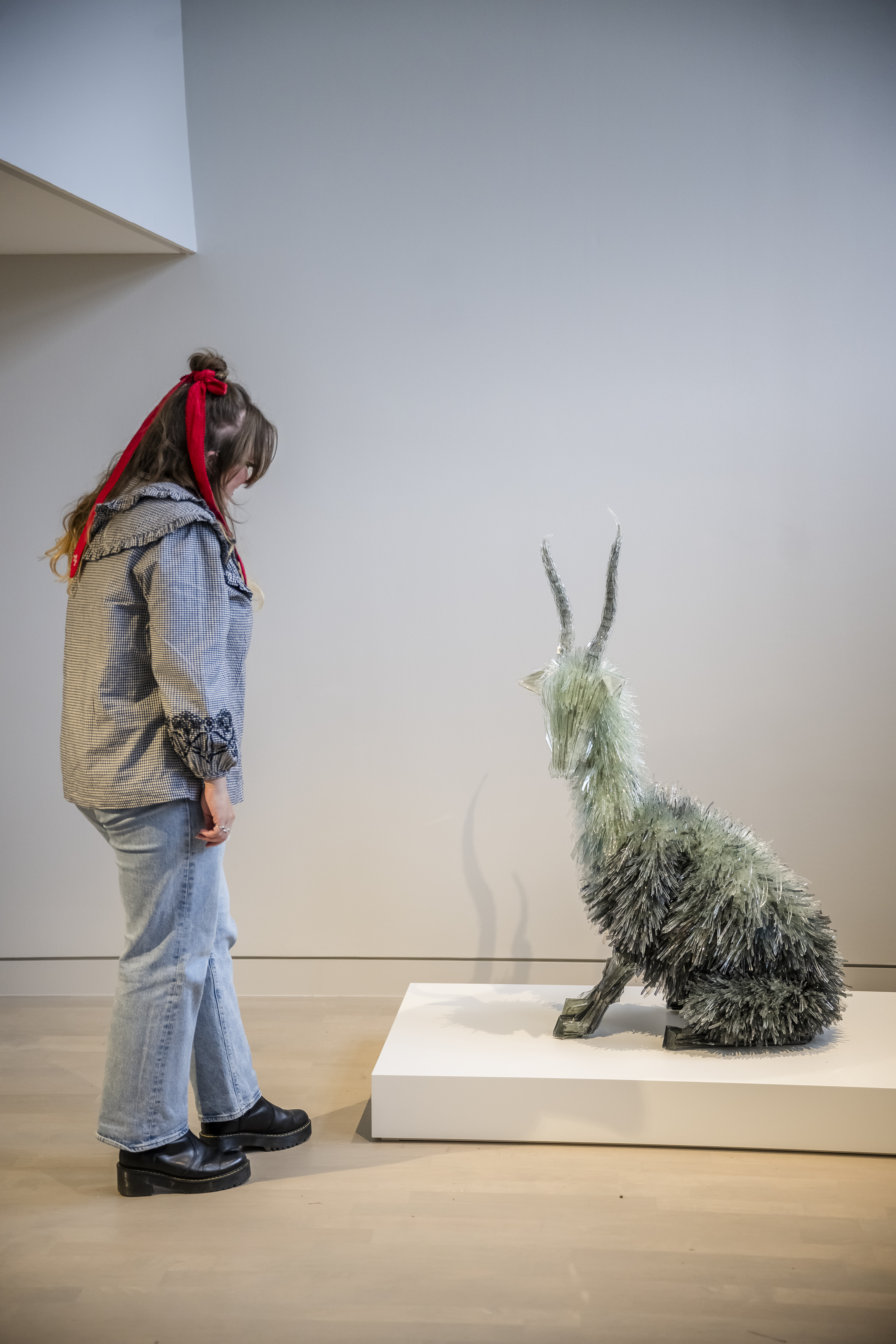KUNSTPALAST GLASS COLLECTION:
REOPENING IN NOVEMBER WITH MYTHOS MURANO
from 19. November 2024Following extensive modernisation, one of the world’s largest glass collections will be on display again from November 2024: over 1000 exhibits from the collection of around 13,000 objects will provide an insight into the history of glass art – from antiquity to the Middle Ages and right up to contemporary glass objects. The special exhibition Mythos Murano (The Myth of Murano) explores the secrets behind the glass objects originating from the island in the Venetian lagoon.
Press Release
Download press textPlease note: The use of the image material is only permitted free of charge in connection with current journalistic reporting on the relevant exhibitions and events, provided the copyright is named. Cropping of the illustrations is not permitted.
The new Kunstpalast will soon be complete: around a year after the reopening of the main collection, the final phase of renovations will be finished in November 2024 and open to the public after a four-year closure. Objects from various different eras await visitors in the newly designed rooms of the glass collection. The oldest pieces on display in the chronological presentation include Ancient Egyptian jewellery from 1350–1250 BC, whereas the most recent work Wasserwesen (Water Creatures) by Lea Lenhart (b. 1972) was only produced in 2024. New acquisitions such as Nocturne #6 – a life-size dress made of glass by US artist Karen LaMonte (b. 1967) – and the glass sex toy Cucumber by Milan-based design firm Sunnei will be on display for the first time. Well-known highlights such as a decorative goblet by Karl Koepping, Jutta Cuny’s Narcisse Endormi and Marta Klonowska’s goat sculpture will be presented in a new light.
MYTHOS MURANO
A newly created exhibition area will now host annually changing themed presentations. The first is Mythos Murano (The Myth of Murano): for 700 years, the small lagoon island of Murano near Venice has been the epitome of magnificent glass art.
It is here, on this island, that ancient glassmaking traditions are preserved and the secrets of new colours and production methods are carefully guarded. The last great heyday of glassmaking took place from 1920 to 1970 and continues to inspire the legend of Murano today. The Kunstpalast houses an extensive collection from this period, with 135 outstanding exhibits on display.
Please note: The use of the image material is only permitted free of charge in connection with current journalistic reporting on the relevant exhibitions and events, provided the copyright is named. Cropping of the illustrations is not permitted.
Press Images
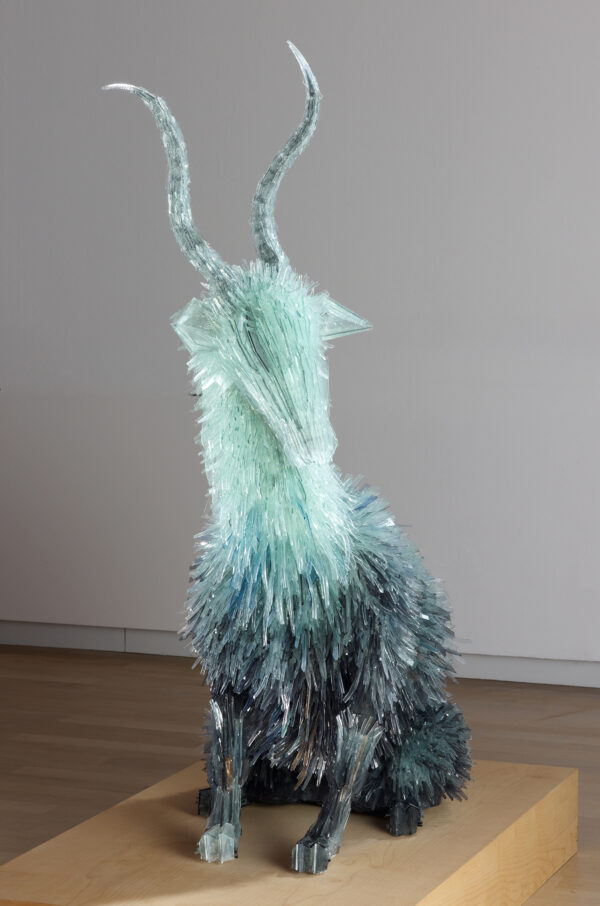
Marta Klonowska, Glasobjekt und Gemäldereproduktion Ziege aus dem Gemälde „Landschaft mit Apollo und der Cumäischen Sybille“, Düsseldorf, Deutschland, 2008, Metallgerüst; Flachglasscherben, Silikon; Reproduktion auf Papier eines Gemäldes, (H x B x T): 126 × 80 × 48 cm, Ankauf, Foto: Kunstpalast, Düsseldorf
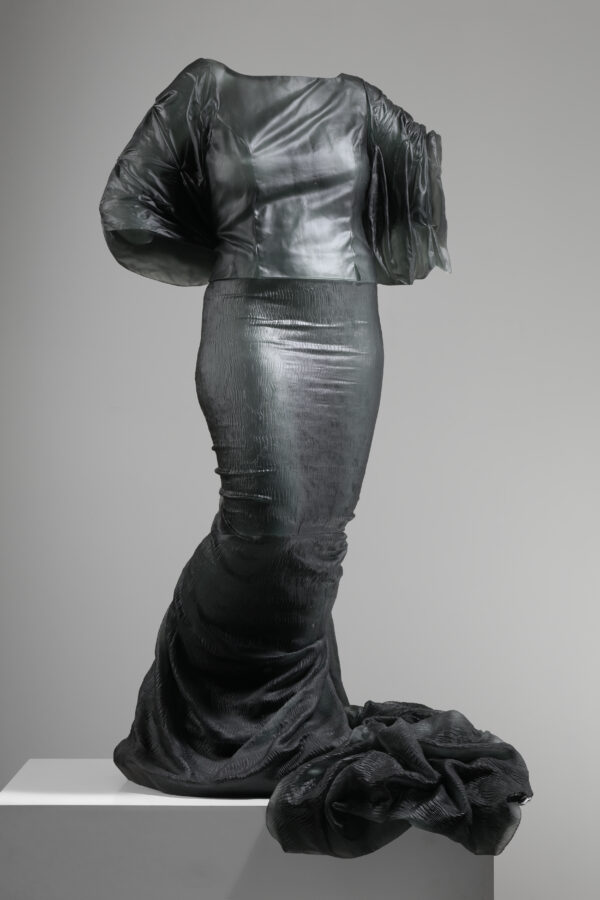
Karen LaMonte, Nocturne #6, Prag, Tschechische Republik, 2019, Dunkel getöntes Bleiglas, verschmolzen, vierteilig, (H x B x T): 144 × 84 × 66,5 cm, Ankauf © Karen LaMonte. Photo: Martin Polak
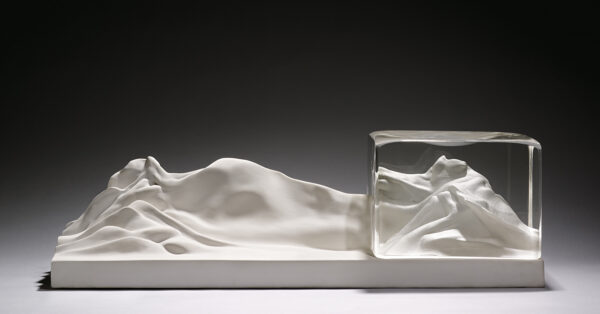
Jutta Cuny, „Narcisse endormi“ (eingeschlafener Narziss), Italien, 1983, Optisches Glas, sandstrahlbearbeitet; Sèvres-Bisquitporzellan, (H x B x T): 30 x 72 x 26 cm, Schenkung, Foto: Studio Fuis, Köln
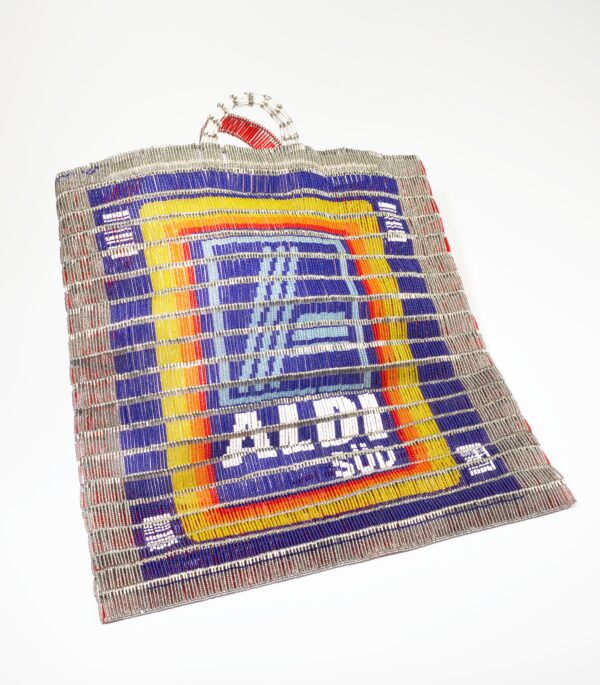
Shigenobu (Shige) Fujishiro, Aldi Süd – Dirk van den Broek, Hannover, 2012, Sicherheitsnadeln, Draht, Glasperlen, (H x B x T): 60 x 52 x 16 cm, Ankauf, Foto: Kunstpalast, Düsseldorf
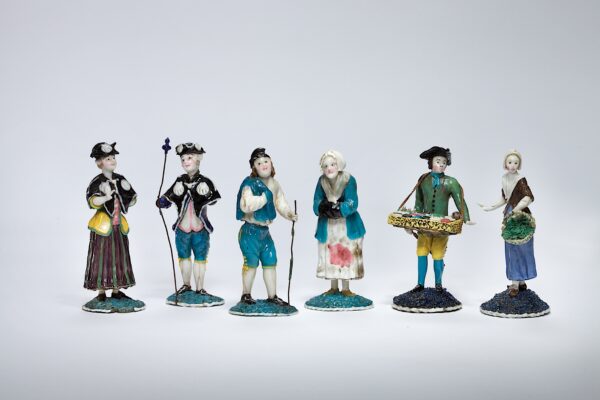
Unbekannt, Drei Figurenpaare: Bauern-, Pilger- und Straßenhändlerpaar, Nevers, Burgund, Frankreich, ca. 1750–1800, Opakes Farbglas, vor der Lampe geformt, (H x D) (max.): 9 × 4,1 cm, Foto: Kunstpalast, Düsseldorf
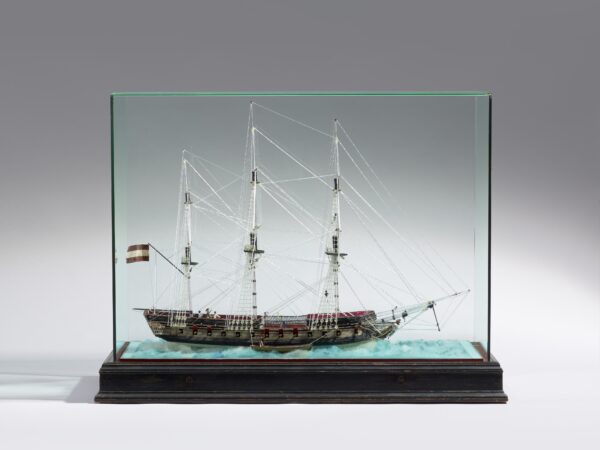
Künstler: unbekannt, Glasmodell einer Fregatte, Venedig (vermutlich), ca. 1815, Schiff: Glas, vor der Lampe gearbeitet; Folien, Textilien, (Baum?)wolle. Vitrine: Glas, Holz, Metallfassung, (H x B x T): 57 × 76,6 × 32,5 cm, Ankauf, Foto: Kunstpalast, Düsseldorf
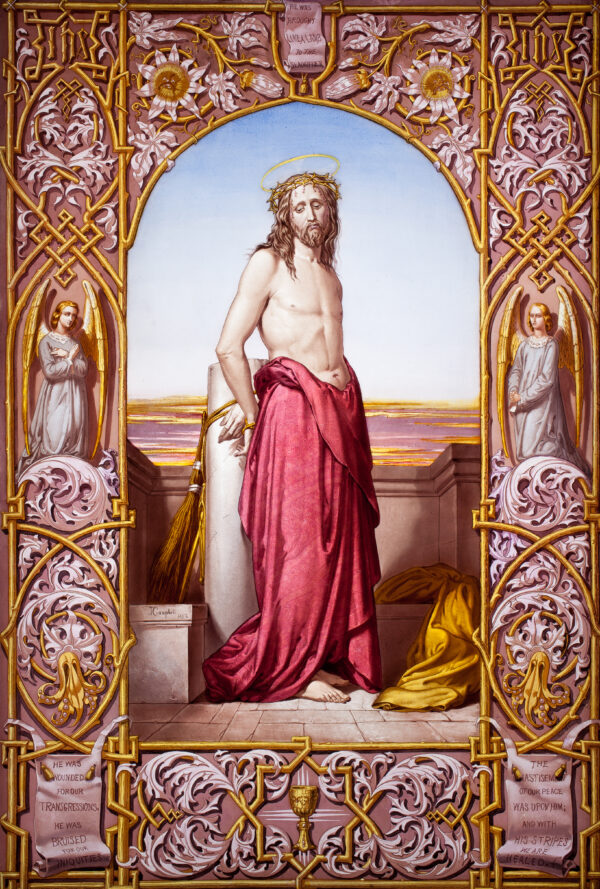
John Thompson Campbell, Christus an der Geißelsäule, Newcastle Upon Tyne, England, 1852, Flachglasplatte mit gekröseltem Rand, (H x B x T): 56,9 × 39 × 0,7 cm, Ankauf, Foto: Kunstpalast, Düsseldorf
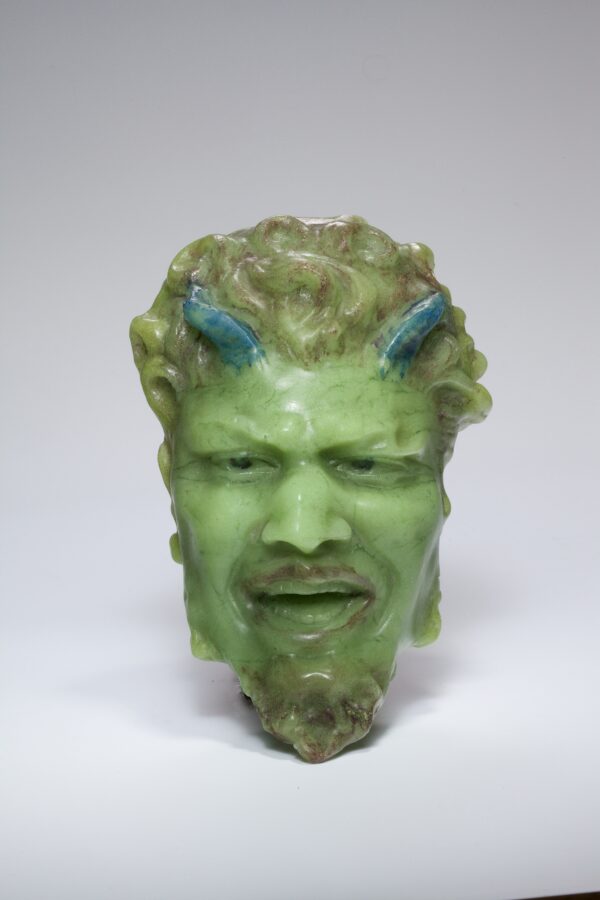
Georges Despret, Satyrkopf “Faun, oder der grüne Gott”, Jeumont, Nord-Pas-de-Calais, Nord, Frankreich, um 1907, Pâte-de-verre, Grün- und Blautöne, (H x B x T): 7 × 13 × 19,3 cm, Schenkung Helmut Hentrich, Foto: Kunstpalast, Düsseldorf
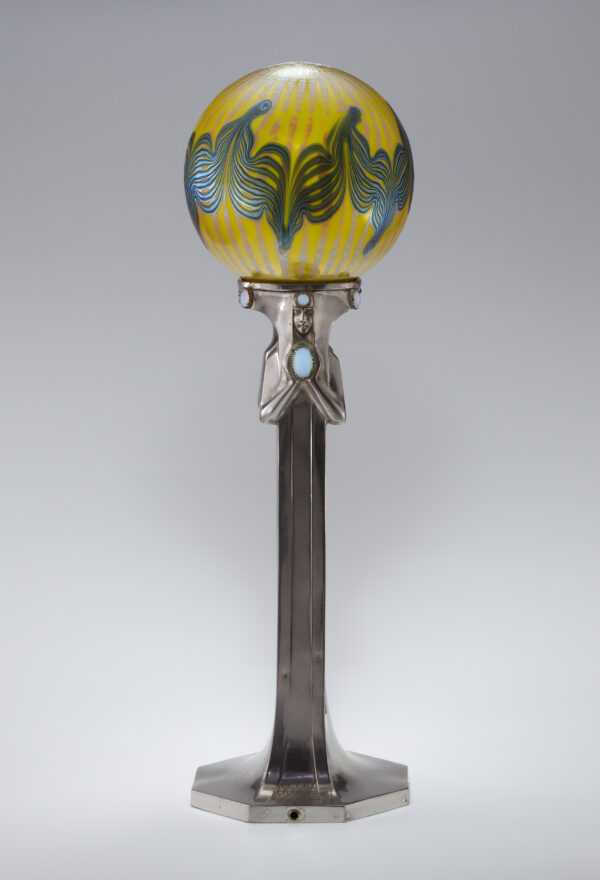
Entwurf: Franz Pankok, Tischleuchte, Entstehungsort: Klostermühle (Klášterský Mlýn), Südböhmen, Tschechien, Ausführung: Glasfabrik Johann Lötz Witwe, um 1901/1902, Gelbes Glas, farblos überfangen, Fadenauflagen und Silbergelb, formgeblasen, irisiert; Montierung Zinn gegossen, gelötet, graviert, 8 Mondsteine, (H x D): 58,1 x 17,8 cm, Dauerleihgabe Freunde des Kunstpalastes, Foto: Kunstpalast, Düsseldorf
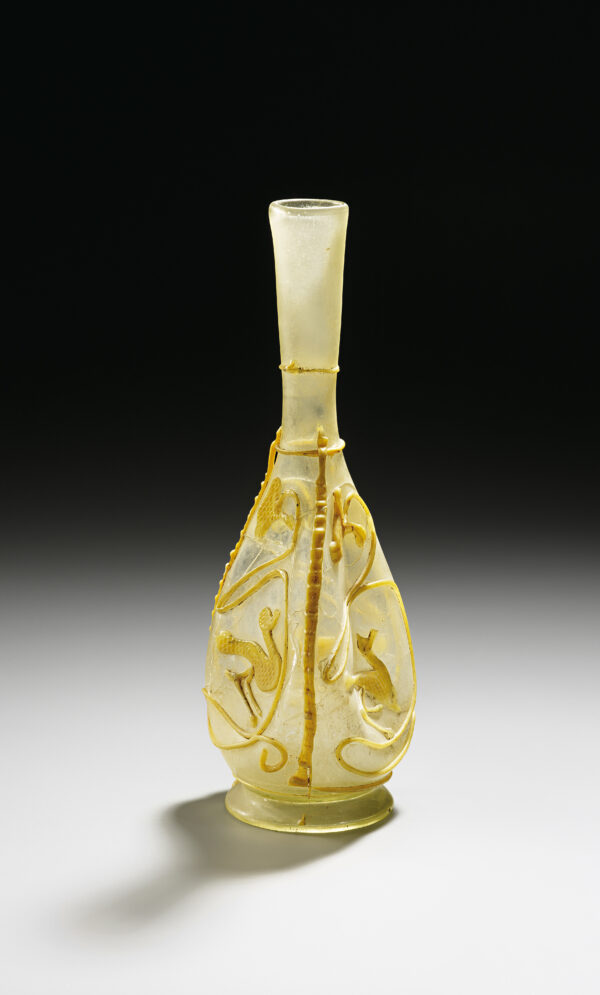
Unbekannt, Schlangenfadenflasche mit Wasservögeln, vermutlich Syrien, ca. 200–250 n. Chr., Entfärbtes durchscheinendes und gelbopakes Glas, frei geblasen, aufgelegte Fäden, Wandung gedrückt, (H x D): 21,6 × 7,2 cm: Schenkung, Foto: Kunstpalast, Düsseldorf
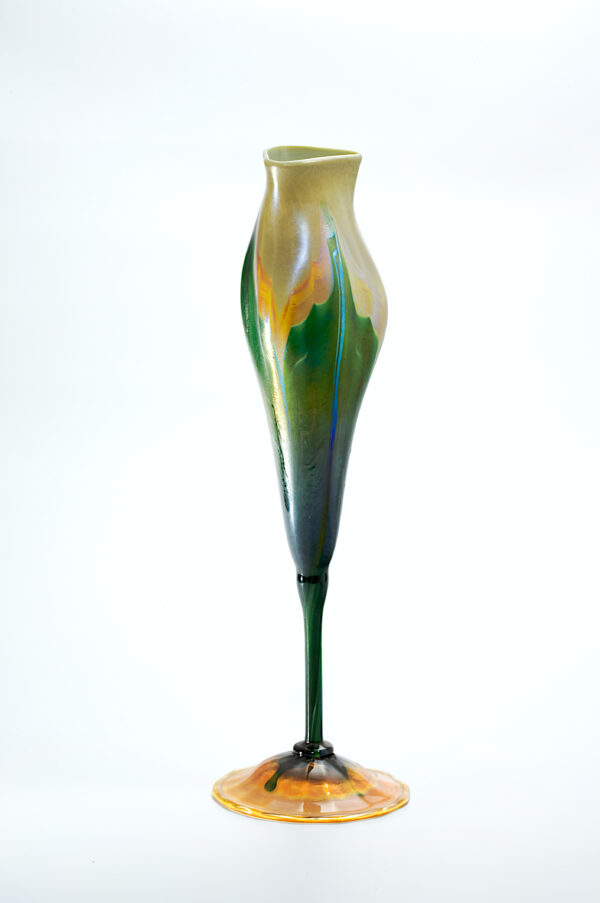
Louis C. Tiffany, Blütenkelchvase aus der “Favrile”-Serie, Tiffany Glass & Decorating Company, New York, USA, um 1897–1900, Farbloses Glas und Milchglas mit verlaufendem grünem Überfang und eingewalzter Fadenauflage, irisiert, (H x D): 46 × 14,1 cm, Schenkung Helmut Hentrich, Foto: Kunstpalast, Düsseldorf
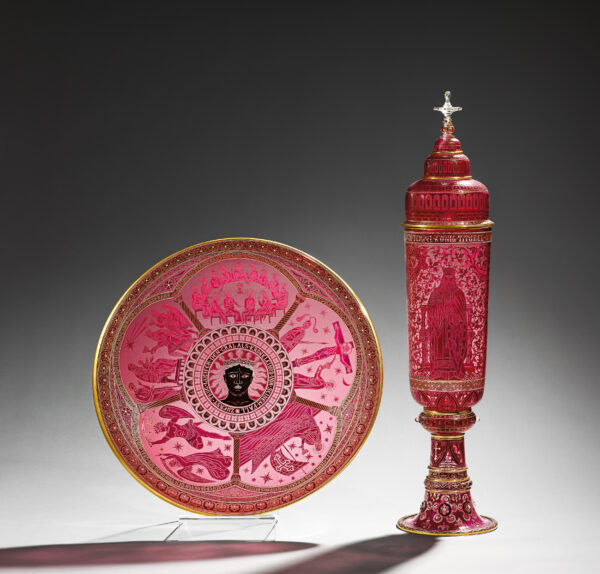
Richard Kralik, Schale und Deckelpokal der “Parcival Serie”, Winterberg (Vimperk), Südböhmen 1889, Entfärbtes Glas, Rosalin überfangen, formgeblasen, Schliff, Email- und Goldmalerei, (H x D) (Teller): 3,2 × 44,4 cm, (H x D) (Deckelpokal): 68 × 15,7 cm, Ankauf, Foto: Studio Fuis, Köln
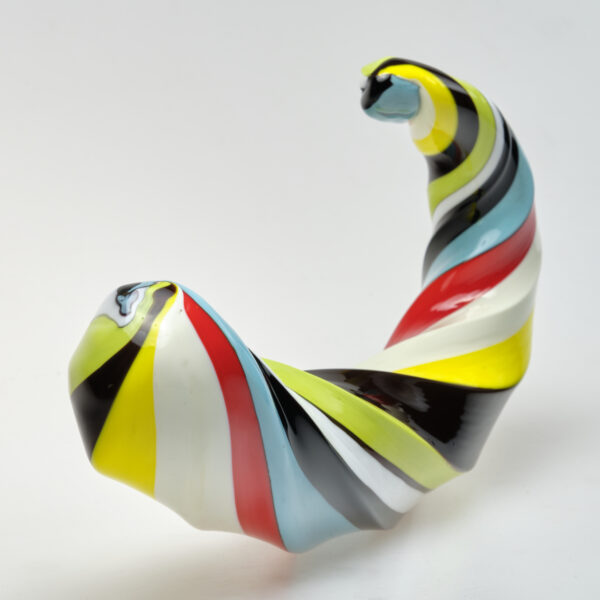
MYTHOS MURANO – Sunnei S.r.l., Sexspielzeug „Gurke, Sex toy “Cucumber”, Sunnei S.r.l., 2022, Farbglasstangen (weiß, gelb, schwarzviolett, grün, blau, rot), verschmolzen, fünfkantig geformt und verdreht, kleine Standfläche plangeschliffen, (H x B x T): 12 × 20,7 × 4,6 cm, Ankauf, Foto: Kunstpalast, Düsseldorf
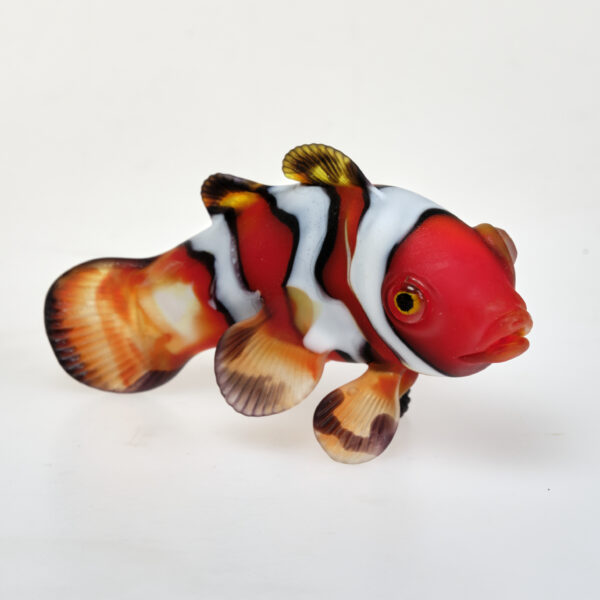
MYTHOS MURANO –Mauro Vianello, Clownfisch, Clownfish, Murano, 2022, Farbgläser, vor der Lampe geblasen und geformt, Credit-Line: Schenkung Mauro Vianello, Foto: Kunstpalast, Düsseldorf
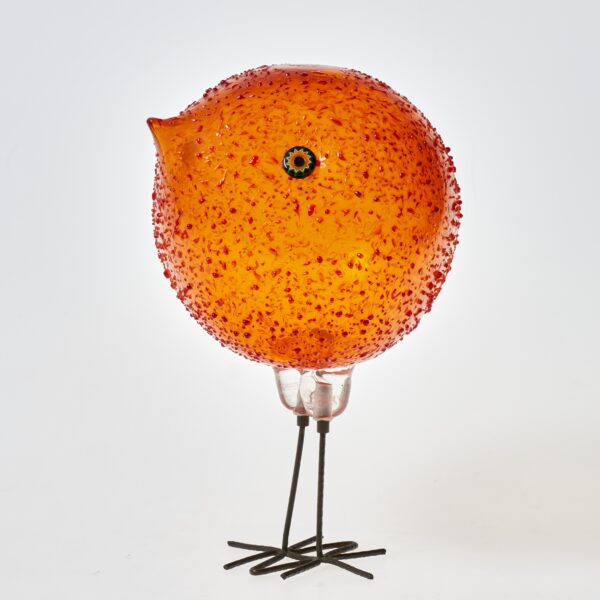
MYTHOS MURANO – Alessandro Pianon, Orangefarbenes Küken (pulcino), Murano, ca. 1960–1962 (Entwurf), Orangefarbenes Glas, frei geblasen, aufgeschmolzene rote Krösel und Mosaikglasscheiben (murrine); Kupferdraht, gehämmert, in farbloses Glas gefasst.(H x B x T): 23,3 x 15,4 x 14,2 cm, Ankauf, Foto: Kunstpalast, Düsseldorf
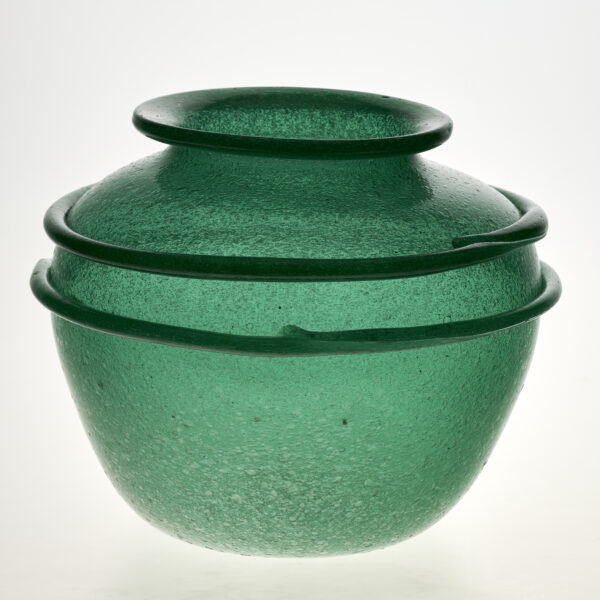
MYTHOS MURANO – Napoleone Martinuzzi, Grüne “pulegoso”-Vase, Murano, ca. 1928-1930, Grünes, stark blasiges Schaumglas (pulegoso), formgeblasen, aufgeschmolzene Bänder, (H x D): 25,8 x 31,9 cm, Vermächtnis Helmut Hentrich, Foto: Kunstpalast, Düsseldorf
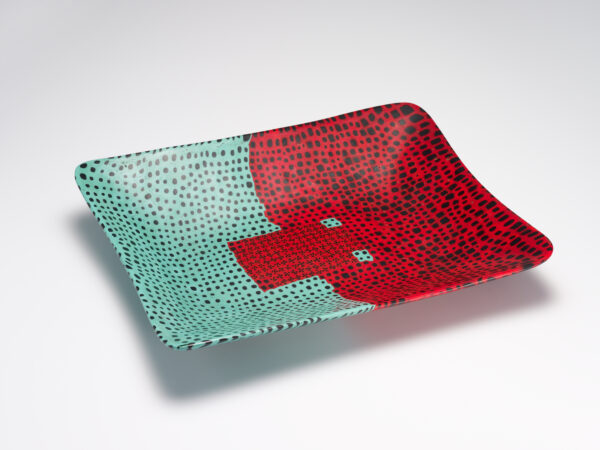
MYTHOS MURANO – Carlo Scarpa, Schale “murrine opache”, Murano, ca. 1940, Schwarzes, rotes und aquamarinfarbenes Mosaikglas, zusammengeschmolzen, geschliffen(H x B x T): 5,5 x 31,5 x 25,3 cm, Ankauf, Foto: Kunstpalast, Düsseldorf
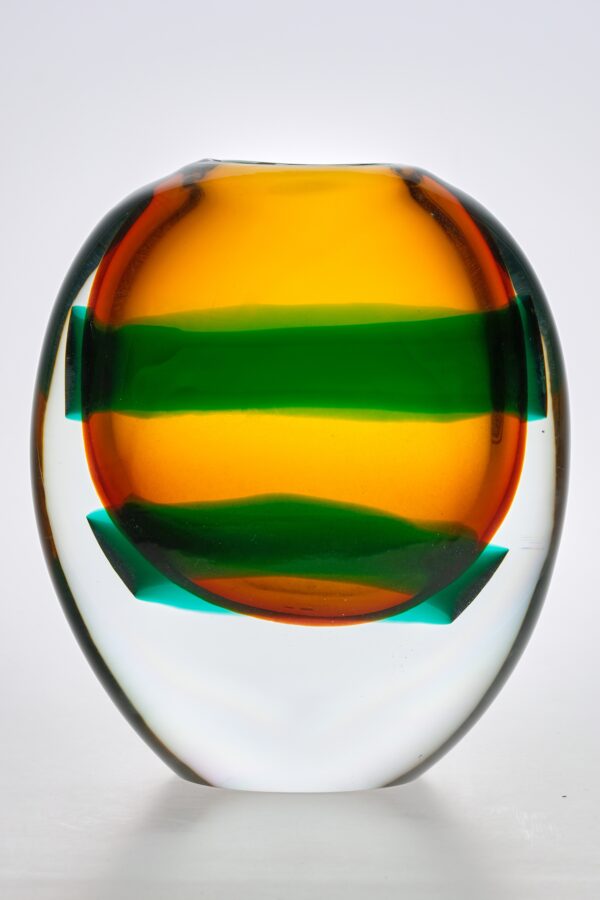
MYTHOS MURANO – Luciano Gaspari, Vase aus der “Marine”-Serie, Murano, ca. 1965–1980, Gelbes Glas, farblos überfangen, aufgeschmolzene blaue Bänder, erneut farblos überfangen, Boden geschliffen, (H x B x T): 23,9 x 20,8 x 11,8 cm, Schenkung von Helmut Hentrich, Foto: Kunstpalast, Düsseldorf
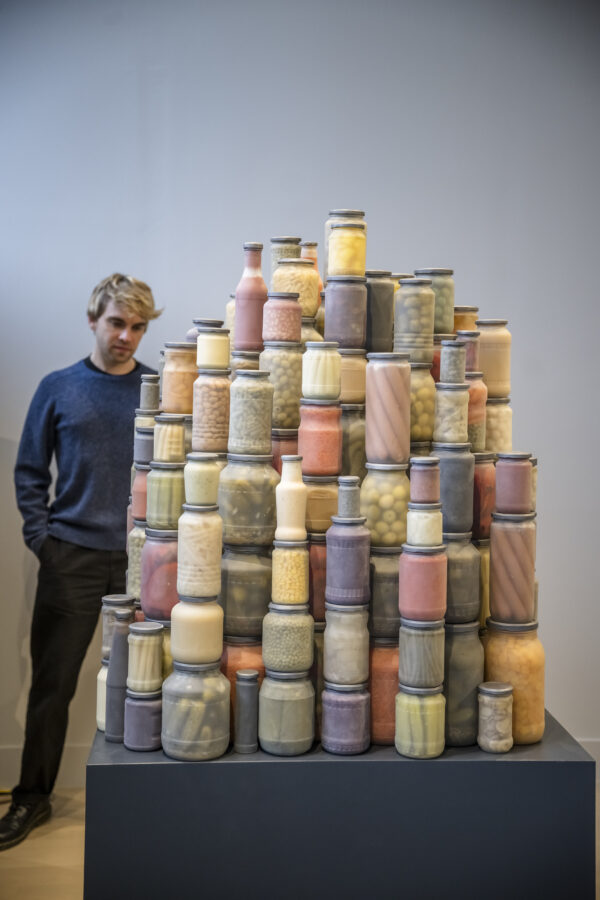
Blick auf das Werk “Speisekammer” von Tony Cragg, Foto: Andreas Endermann
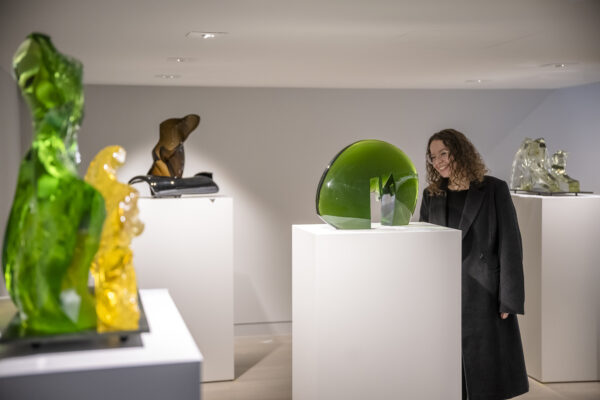
Blick in den Raum mit Werken von Jan Fisar, Foto: Andreas Endermann
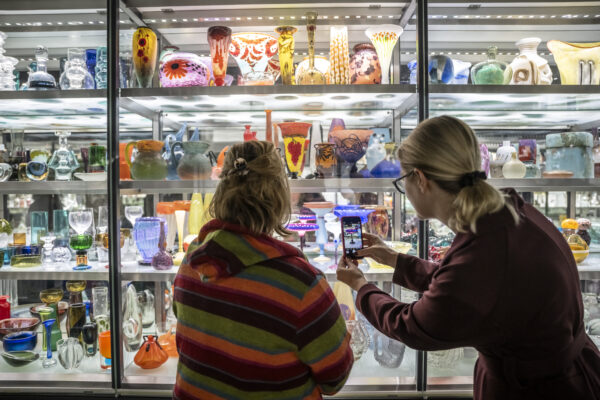
Blick in das Spiegelkabinett, Foto: Andreas Endermann
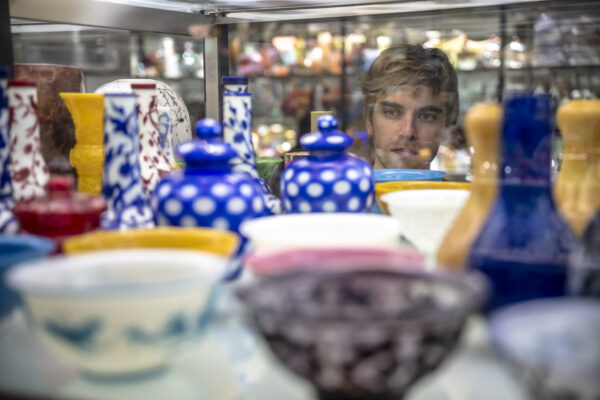
In der Glassammlung, Foto: Andreas Endermann
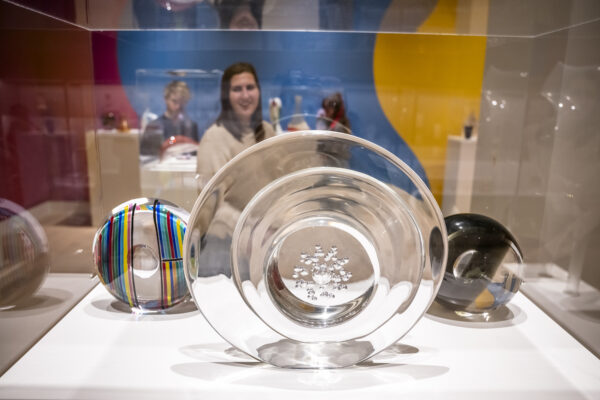
In der Ausstellung “Mythos Murano”, Foto: Andreas Endermann
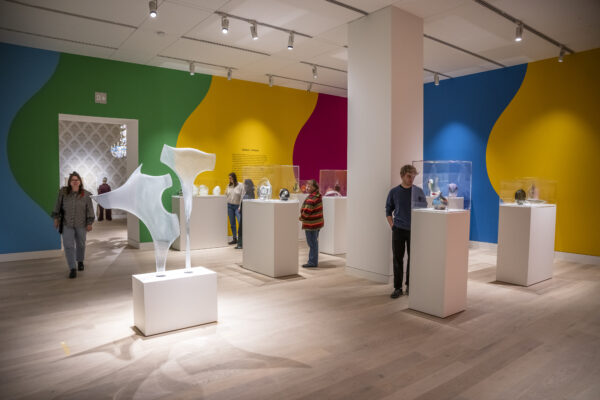
In der Ausstellung “Mythos Murano”, Foto: Andreas Endermann
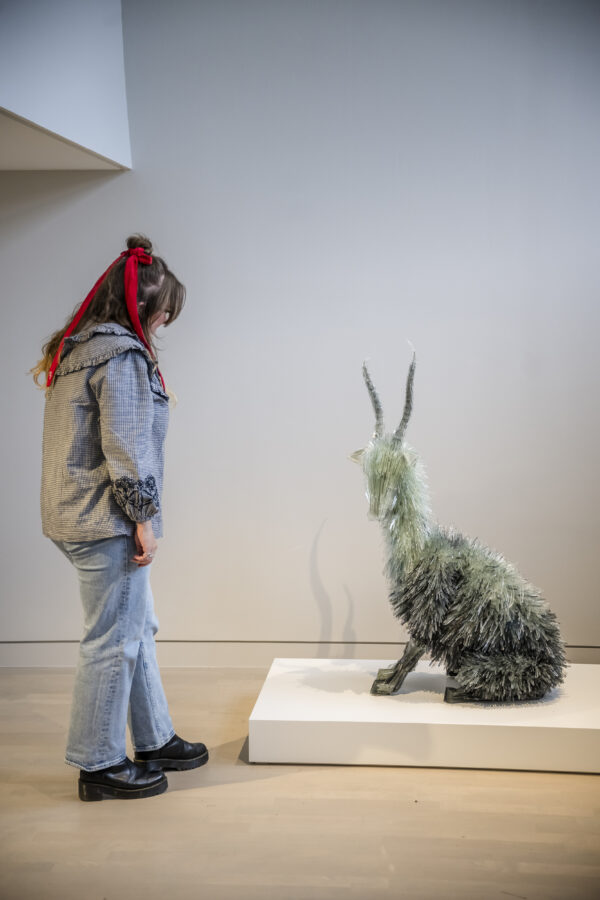
Blick auf die “Ziege” von Marta Klonowska, Foto: Andreas Endermann
Press Contact
Sarah Wulbrandt
Head of Press
Christina Bolius
Press Officer
